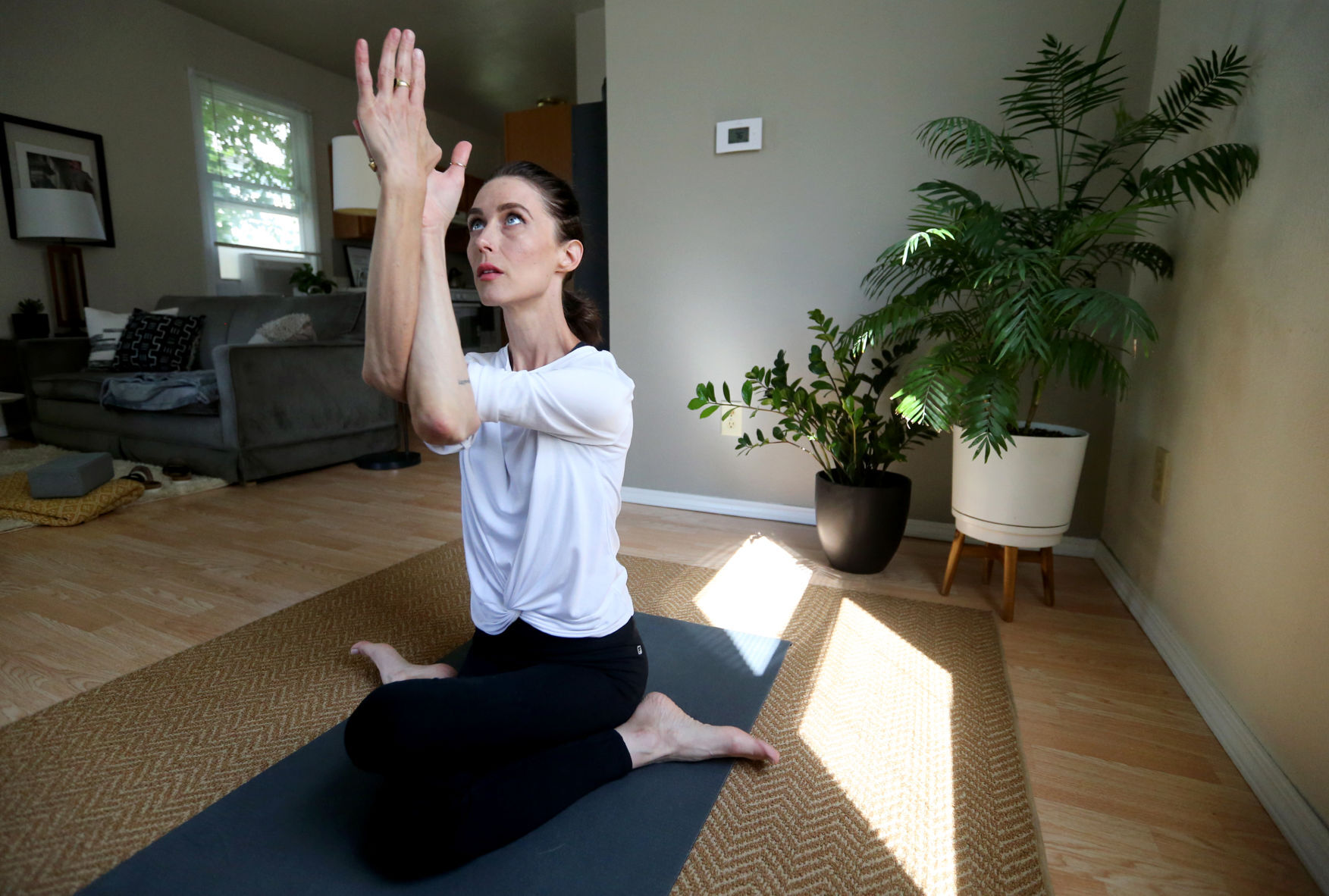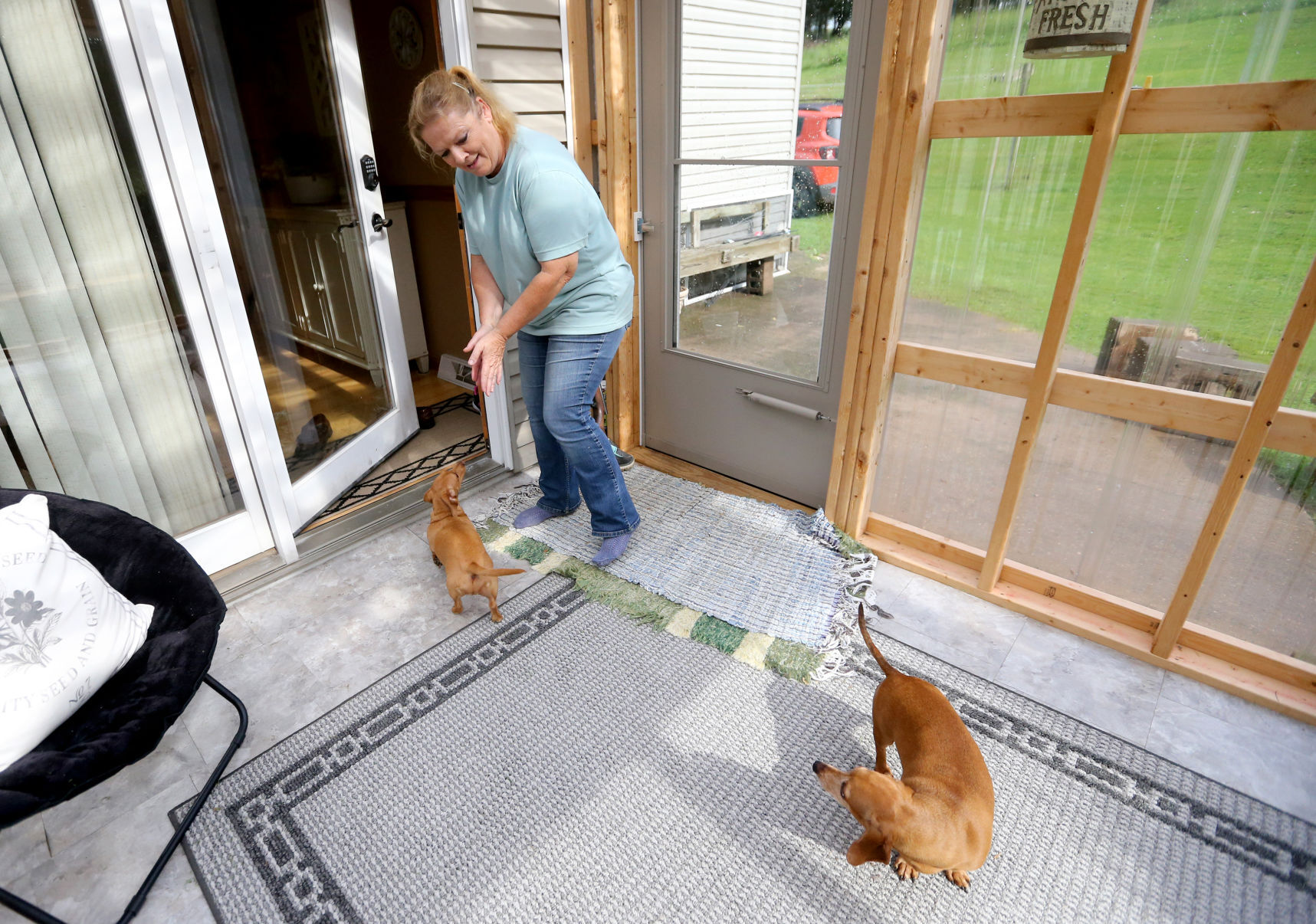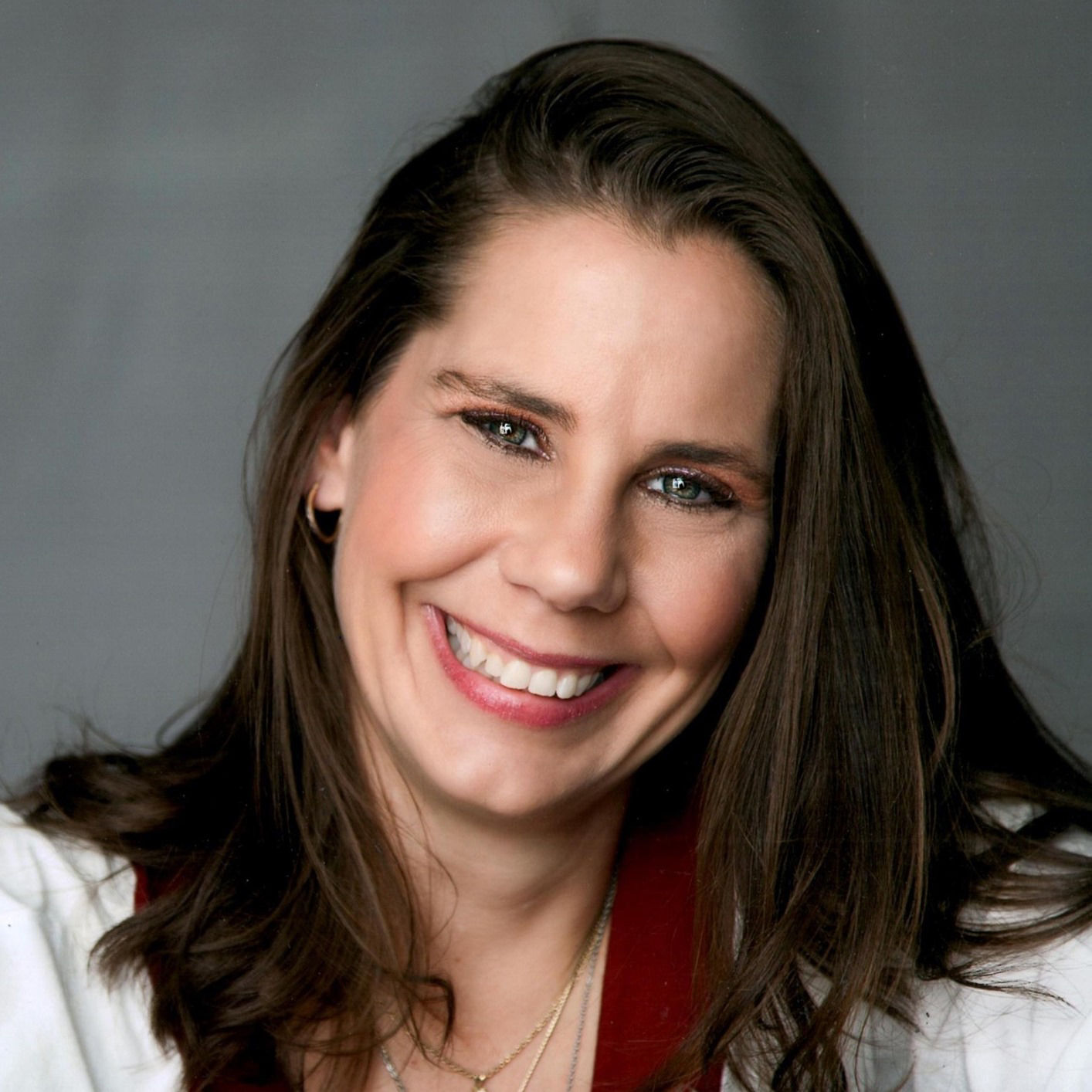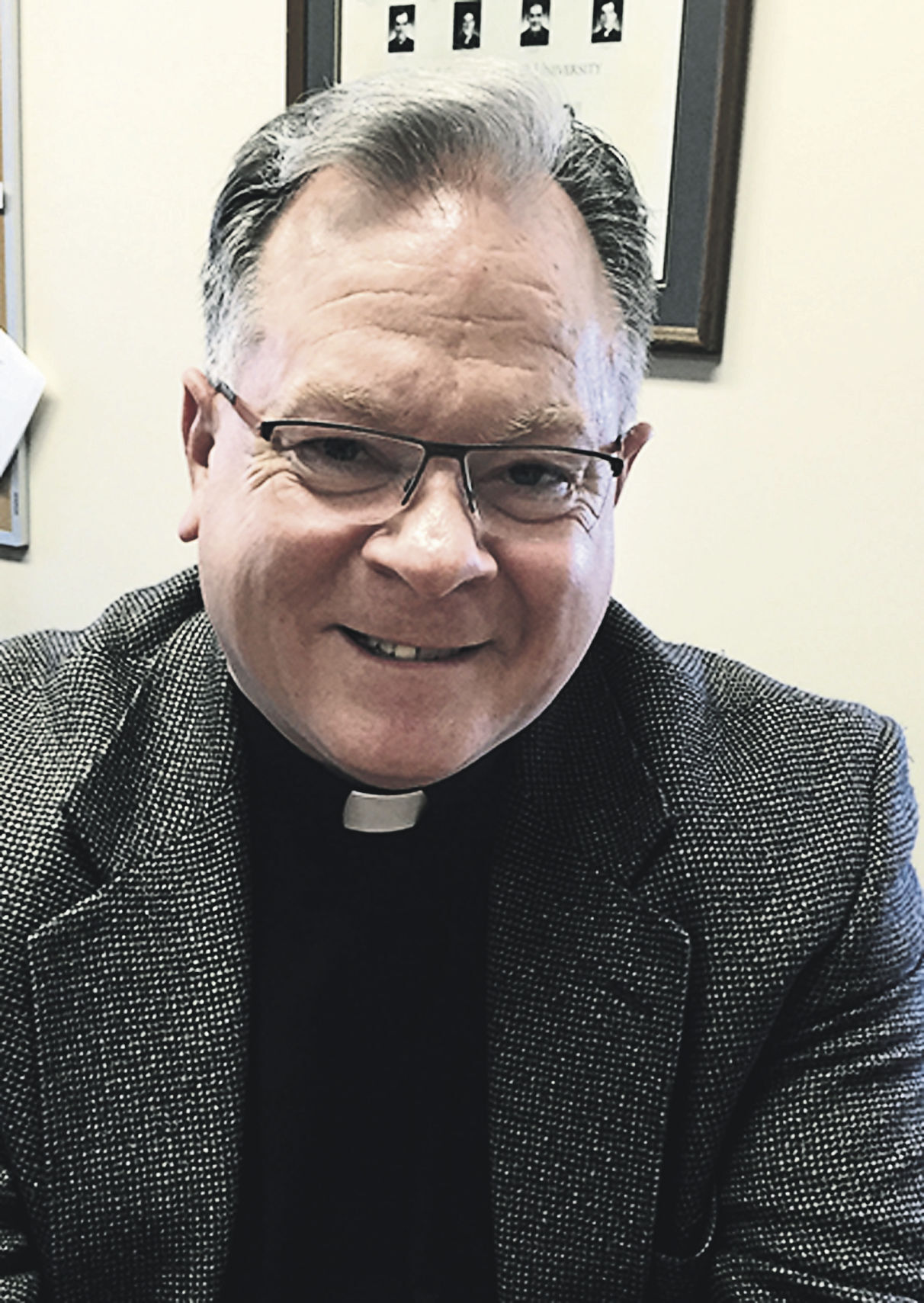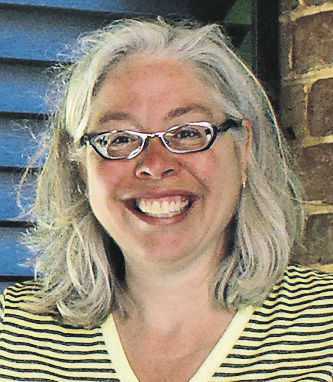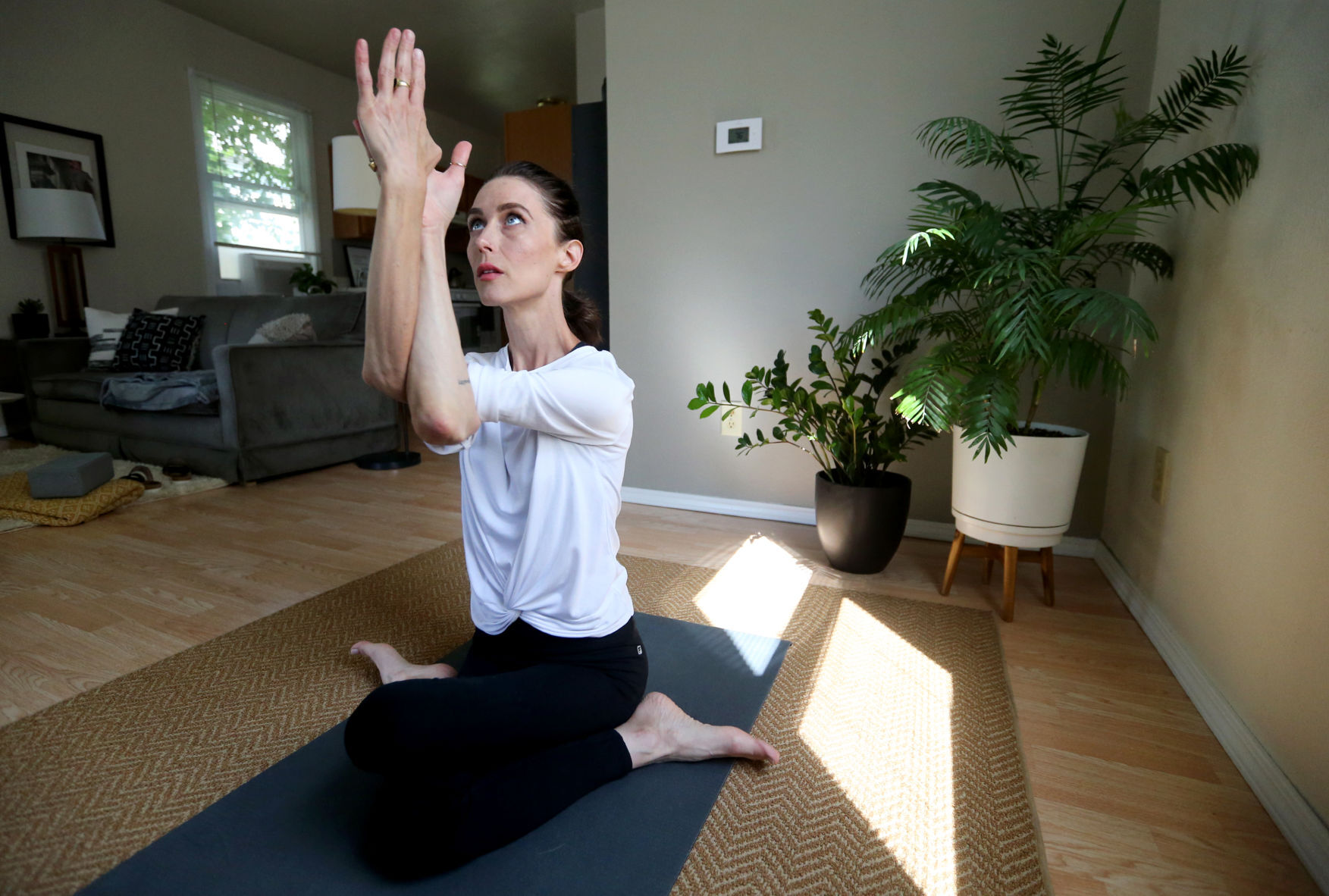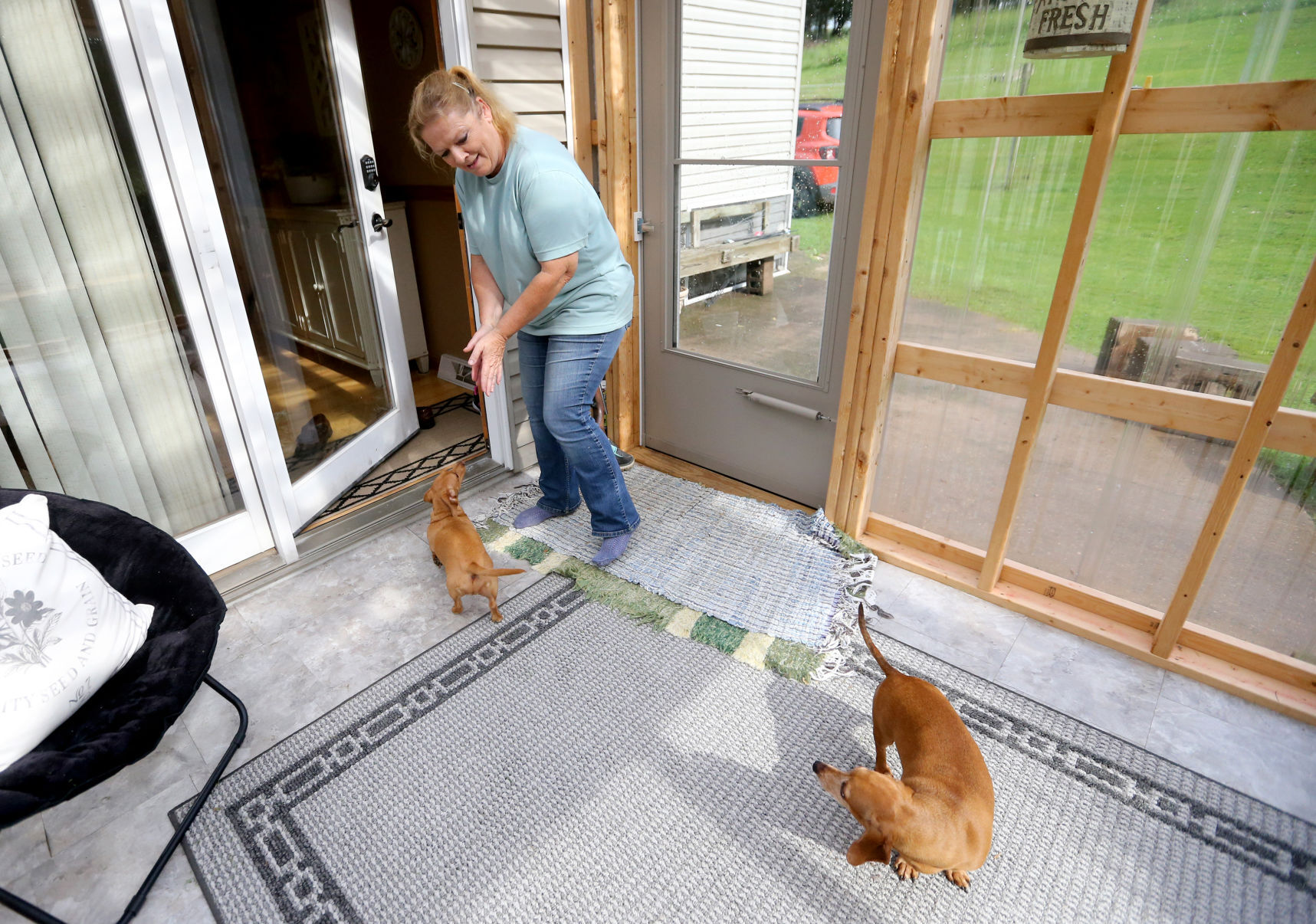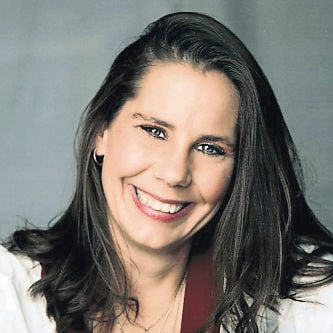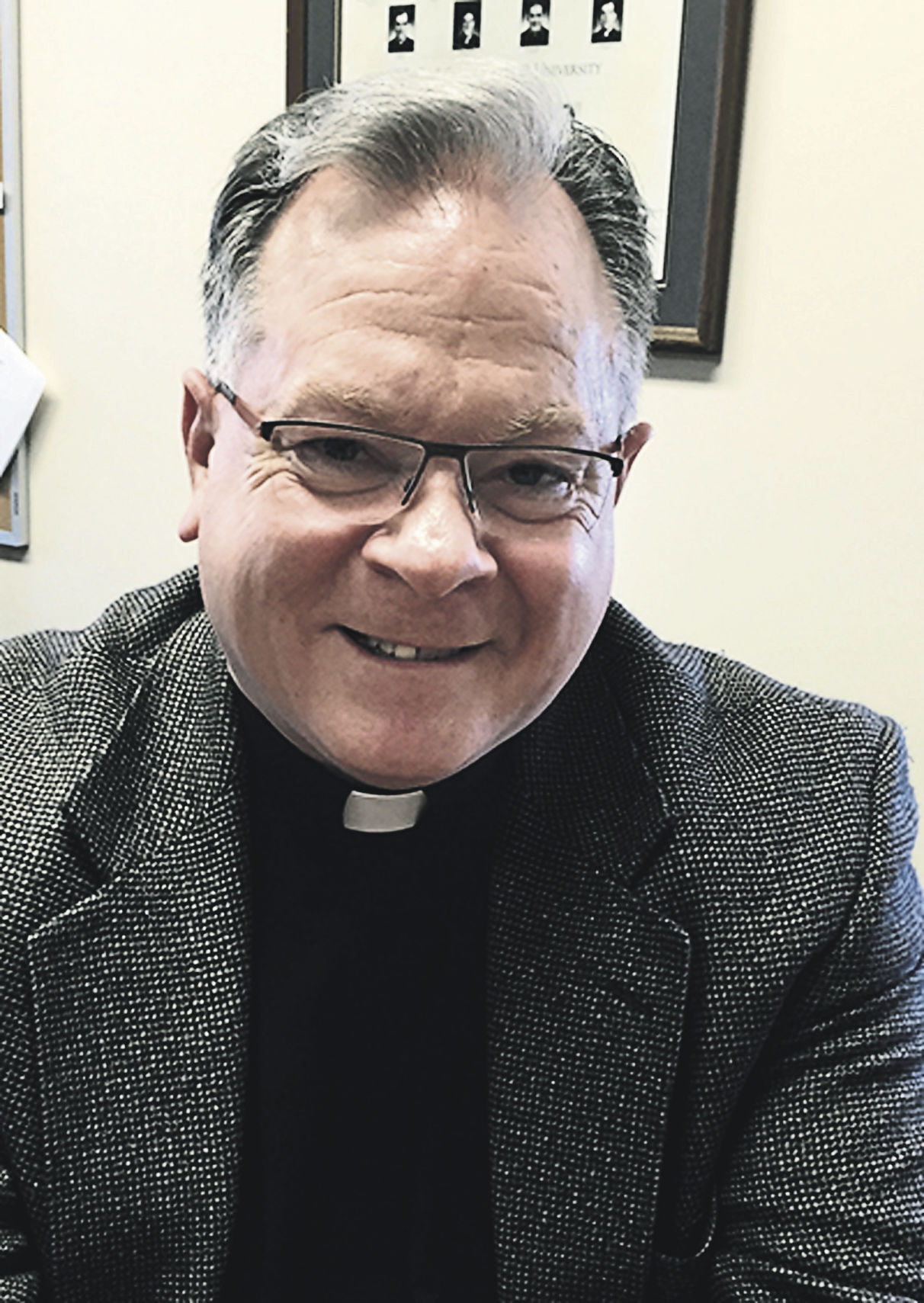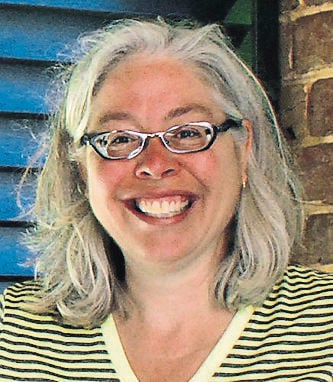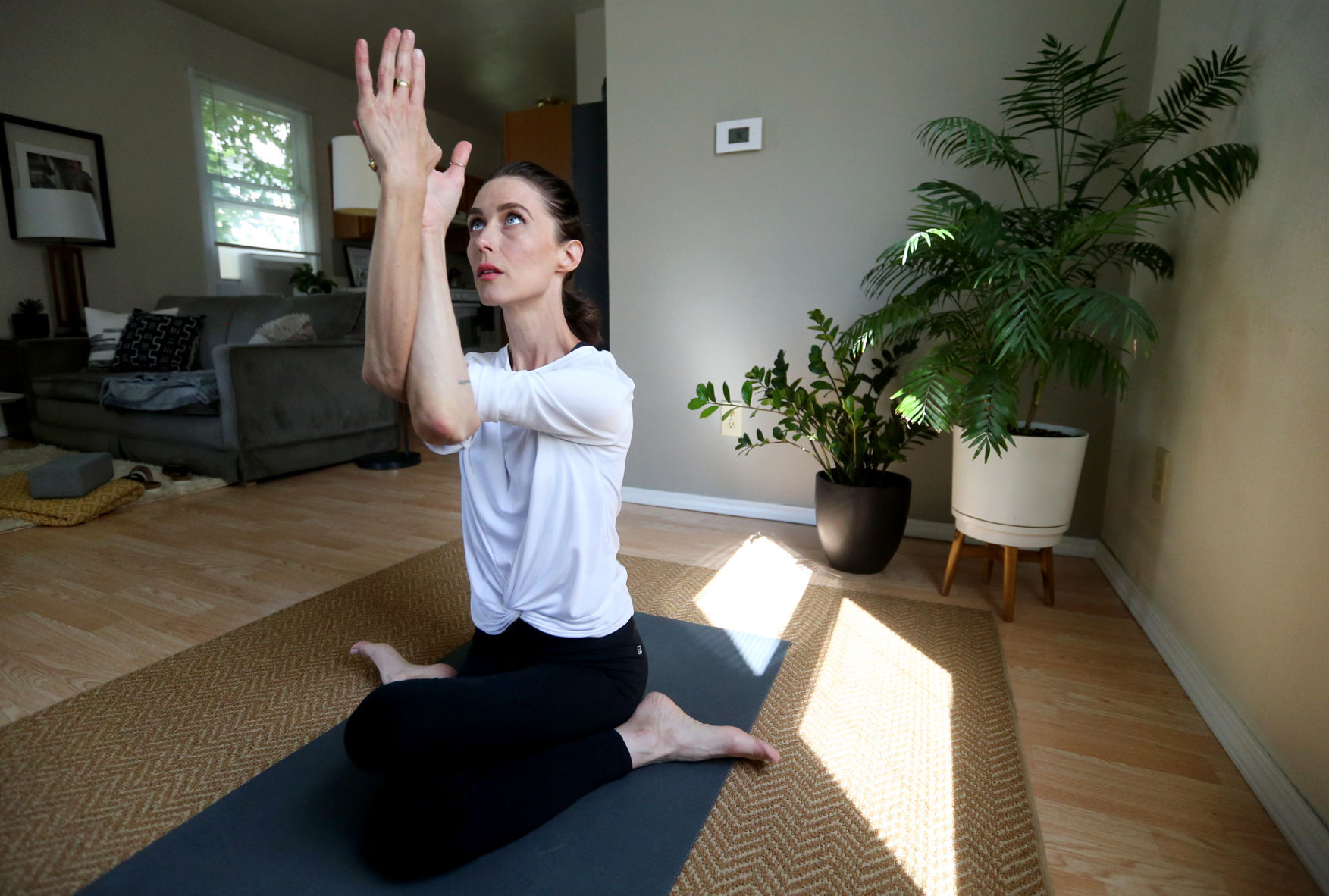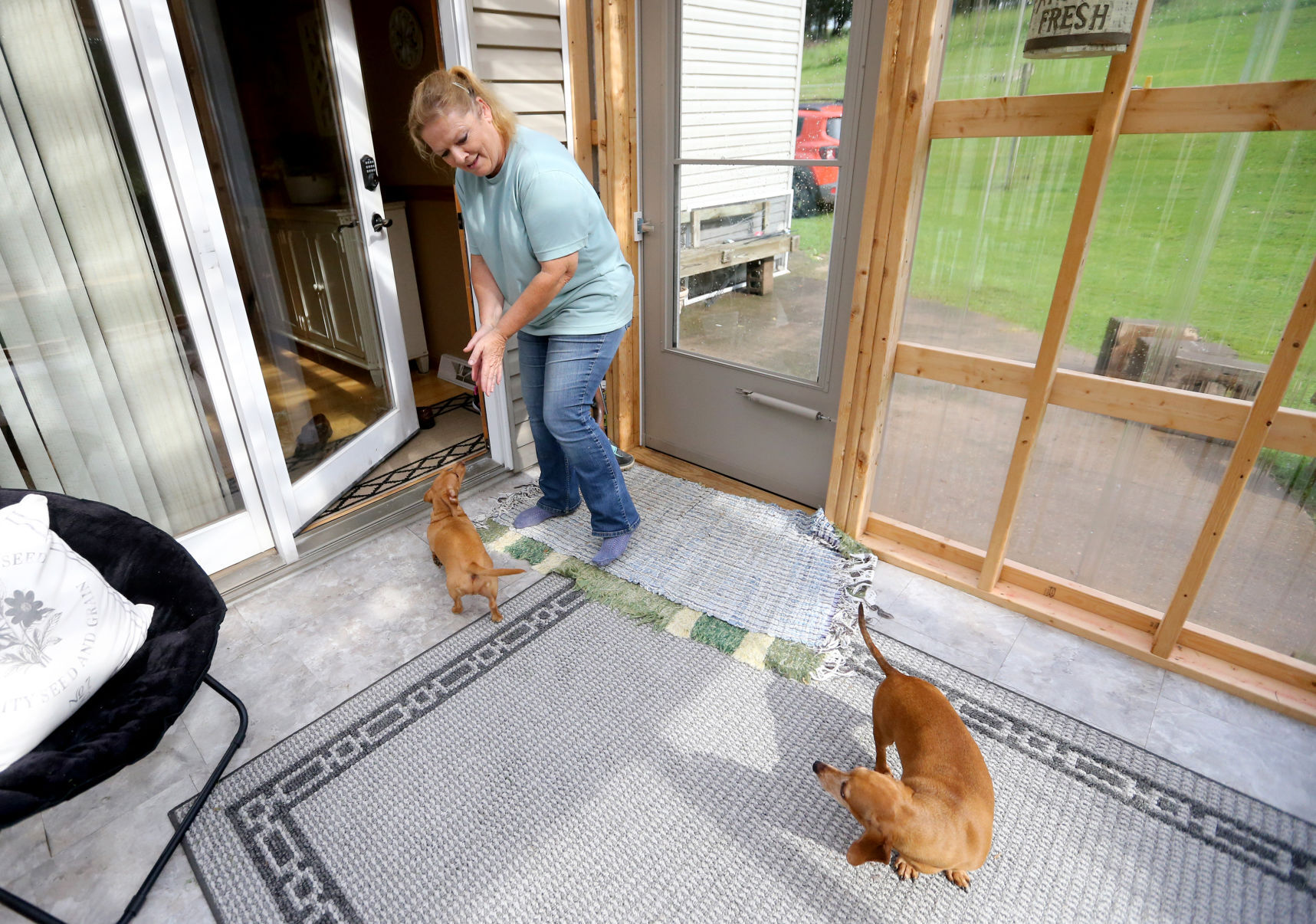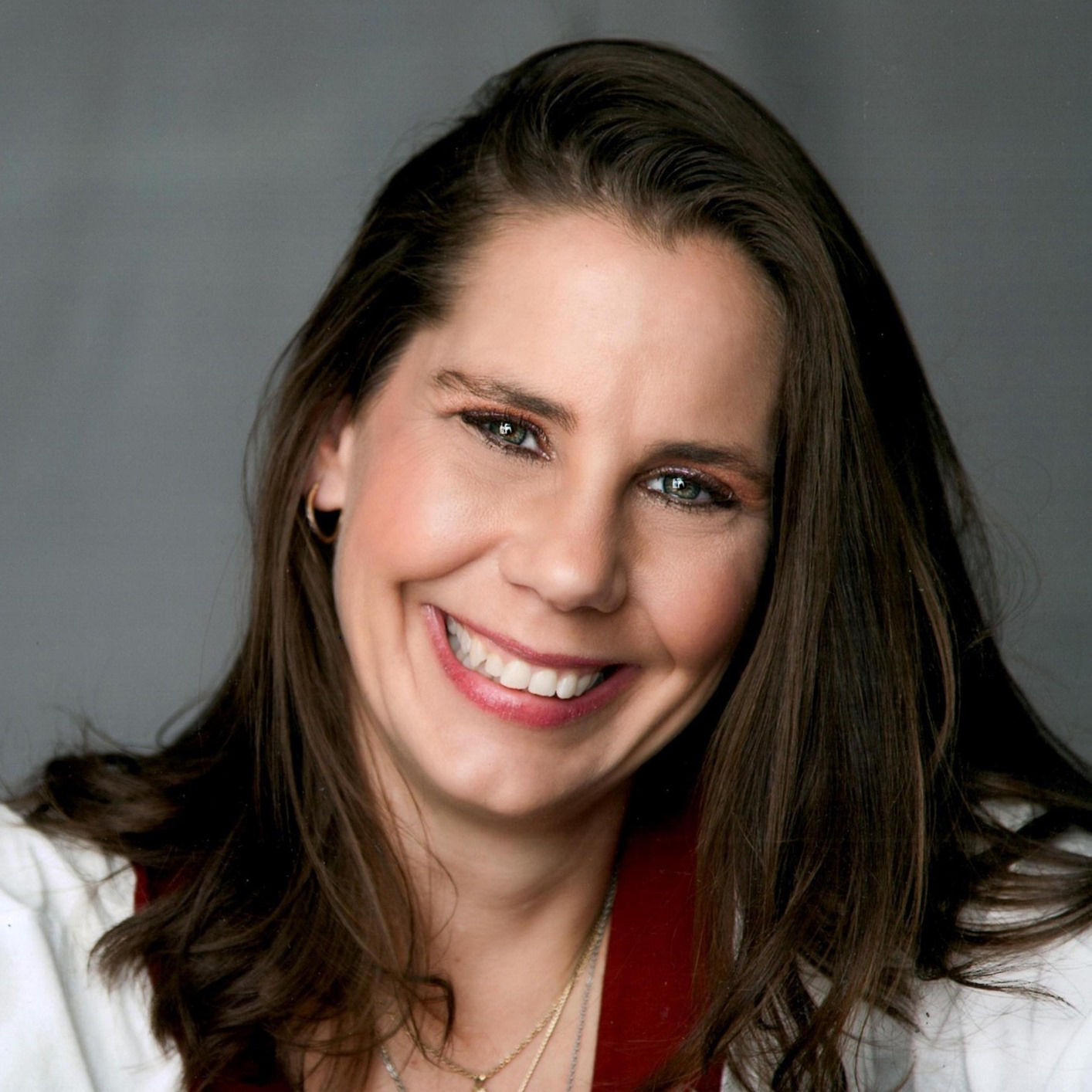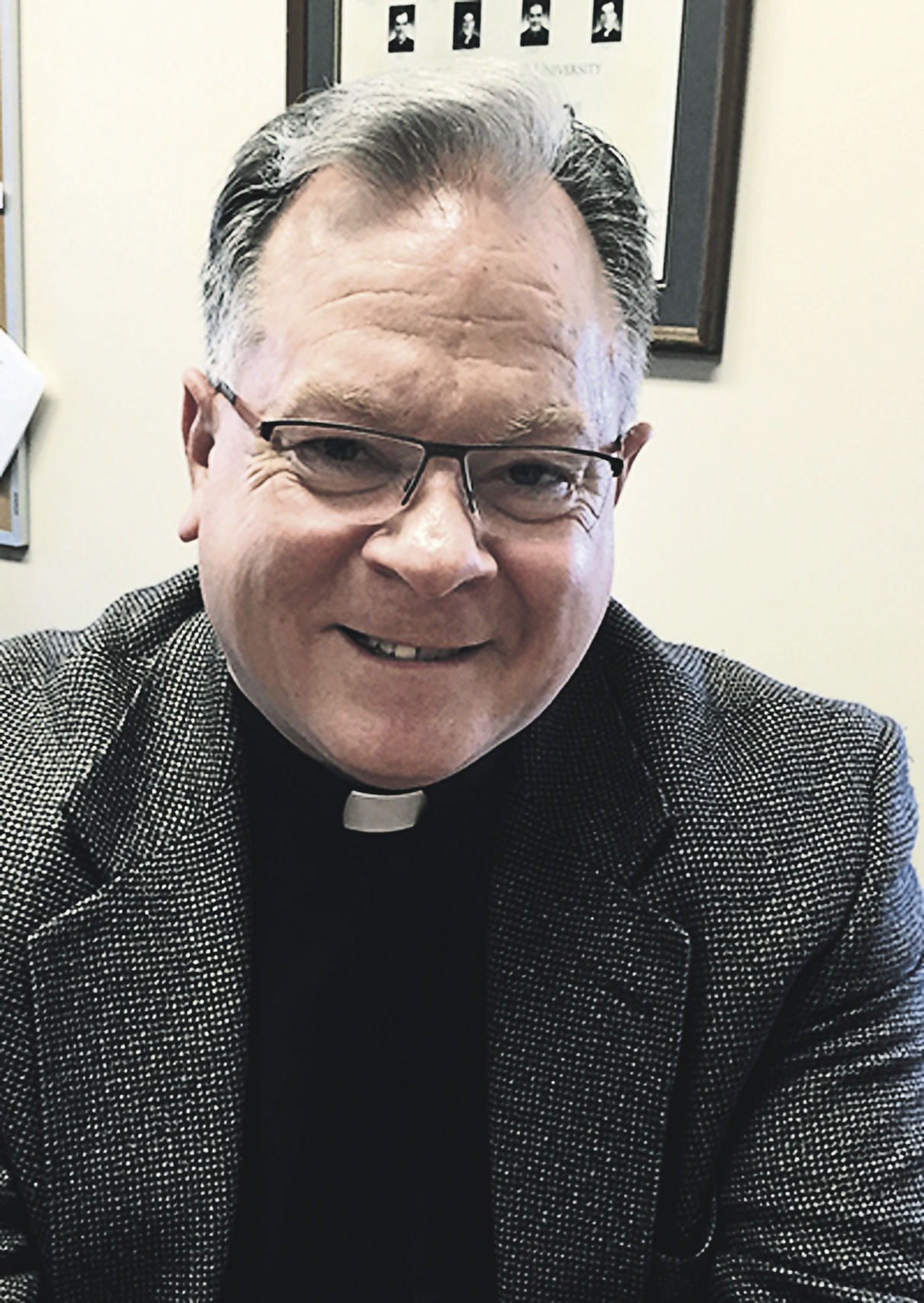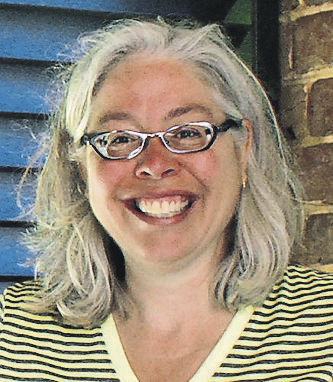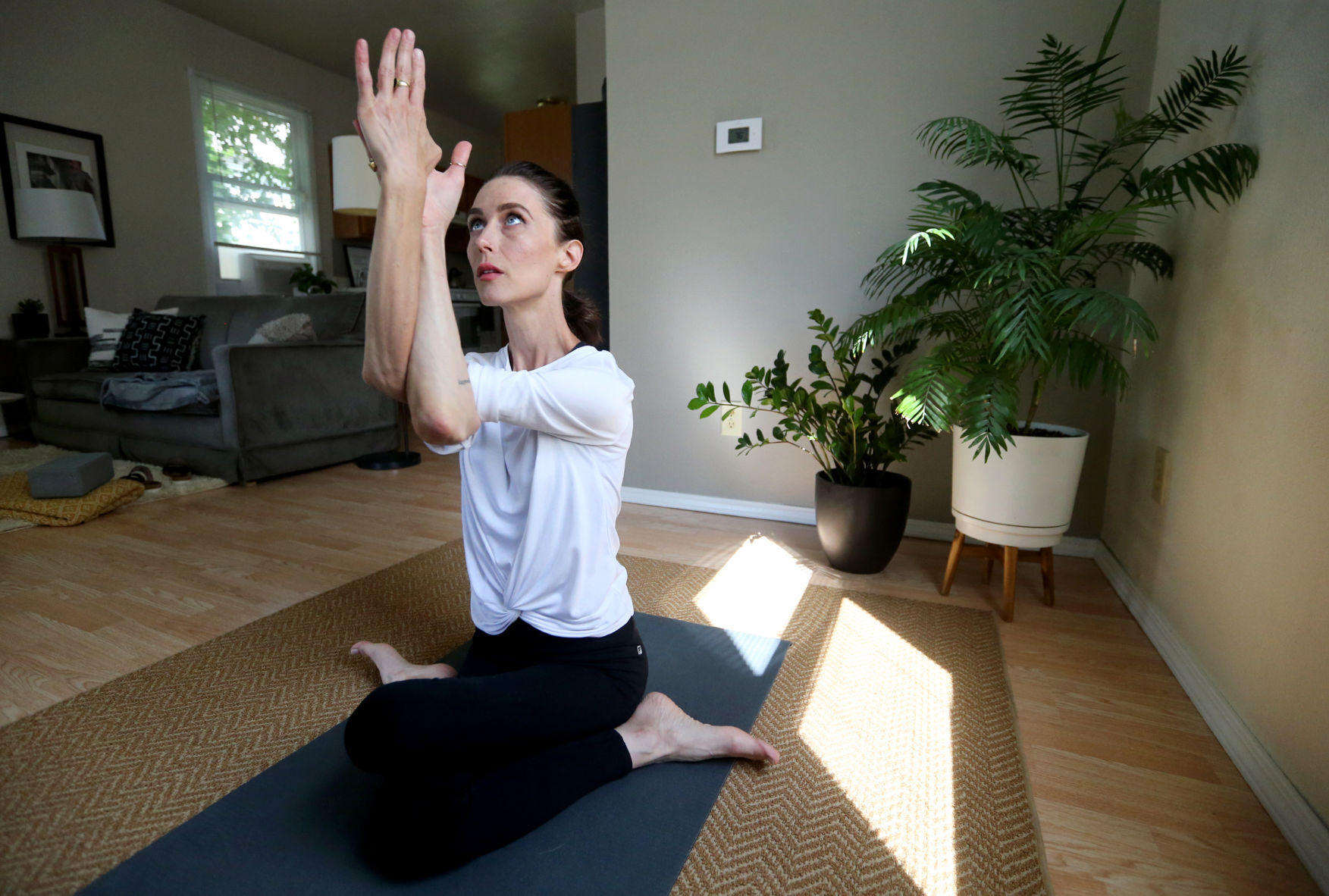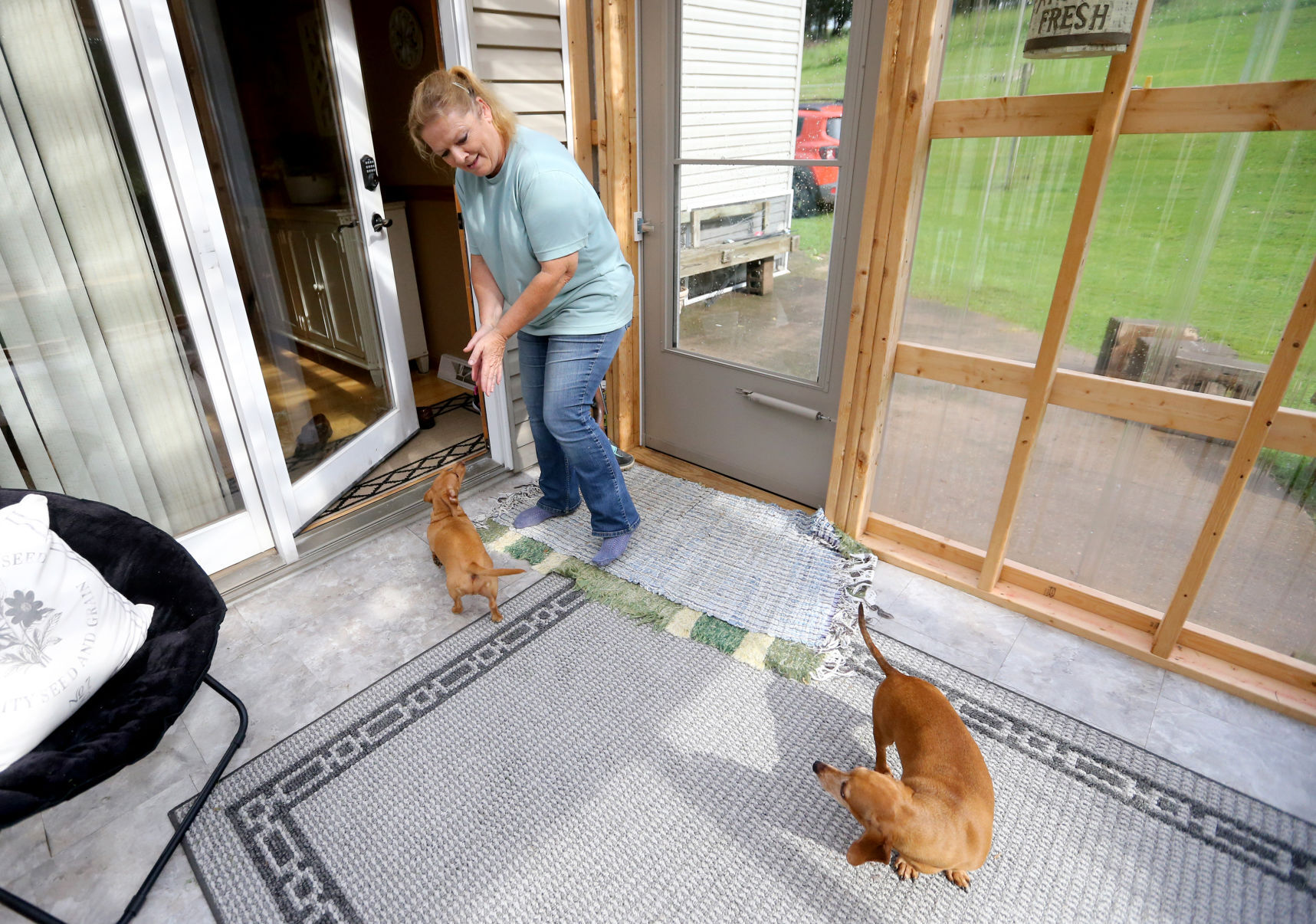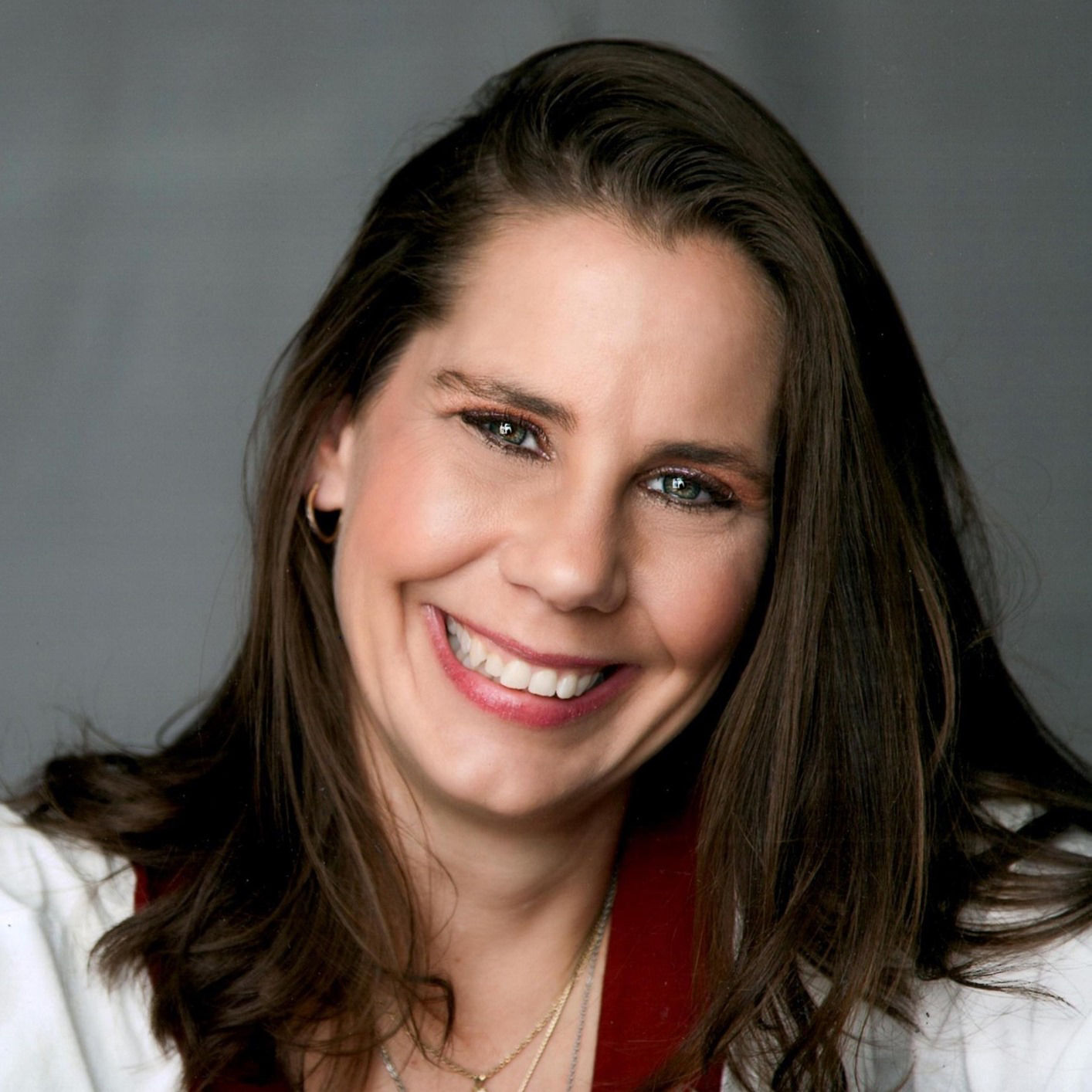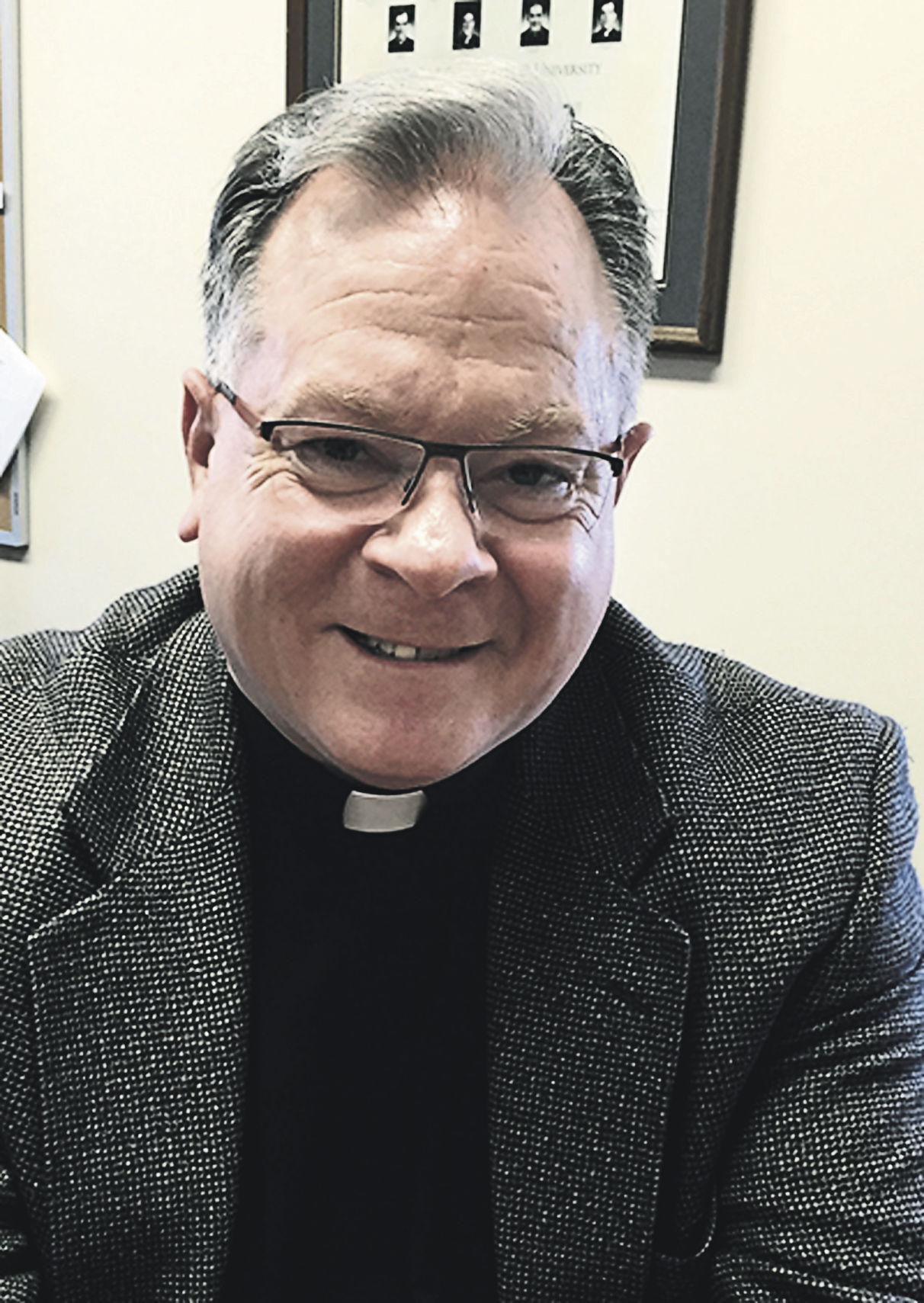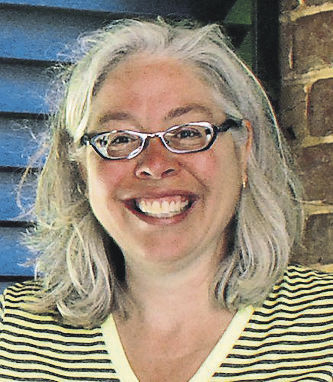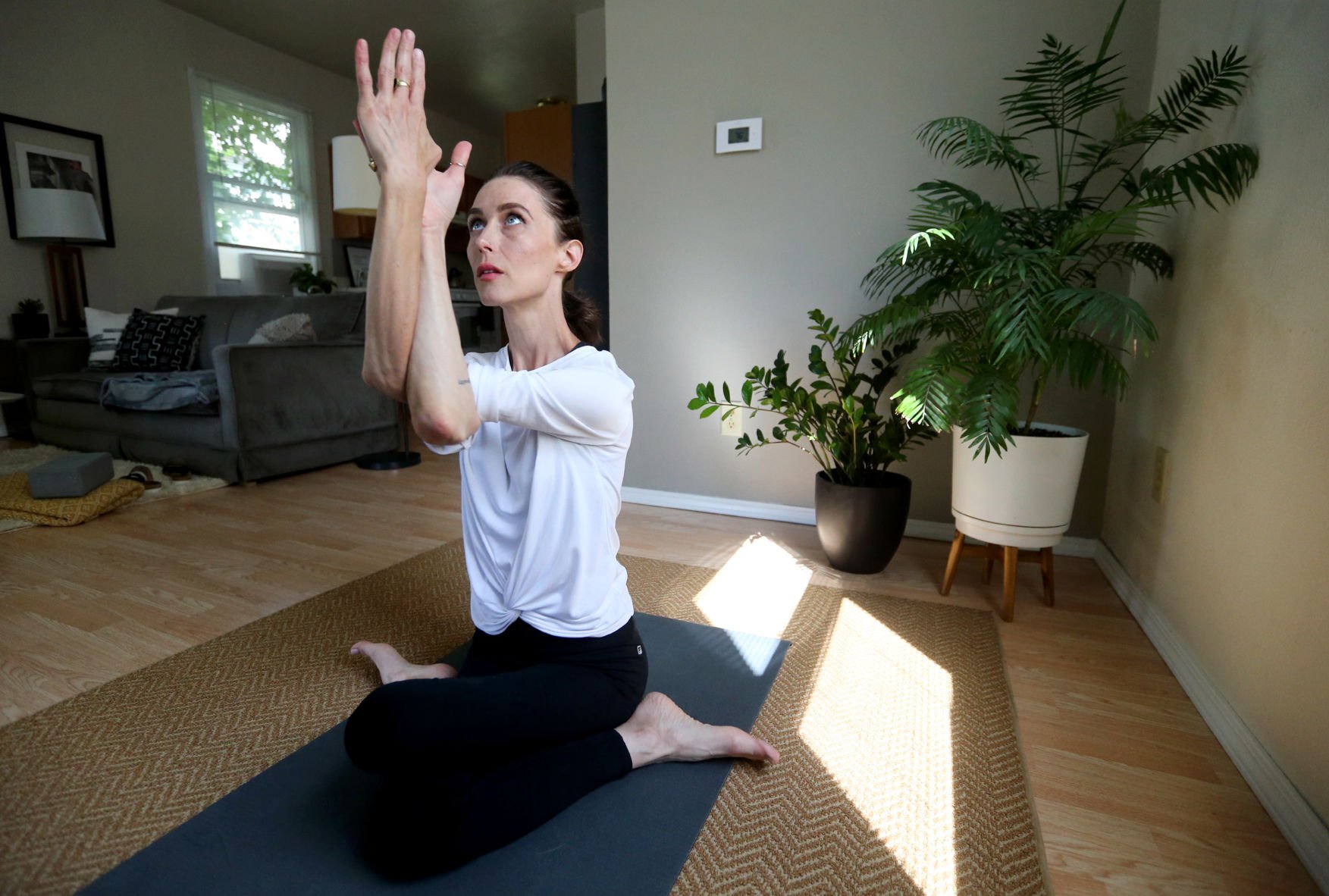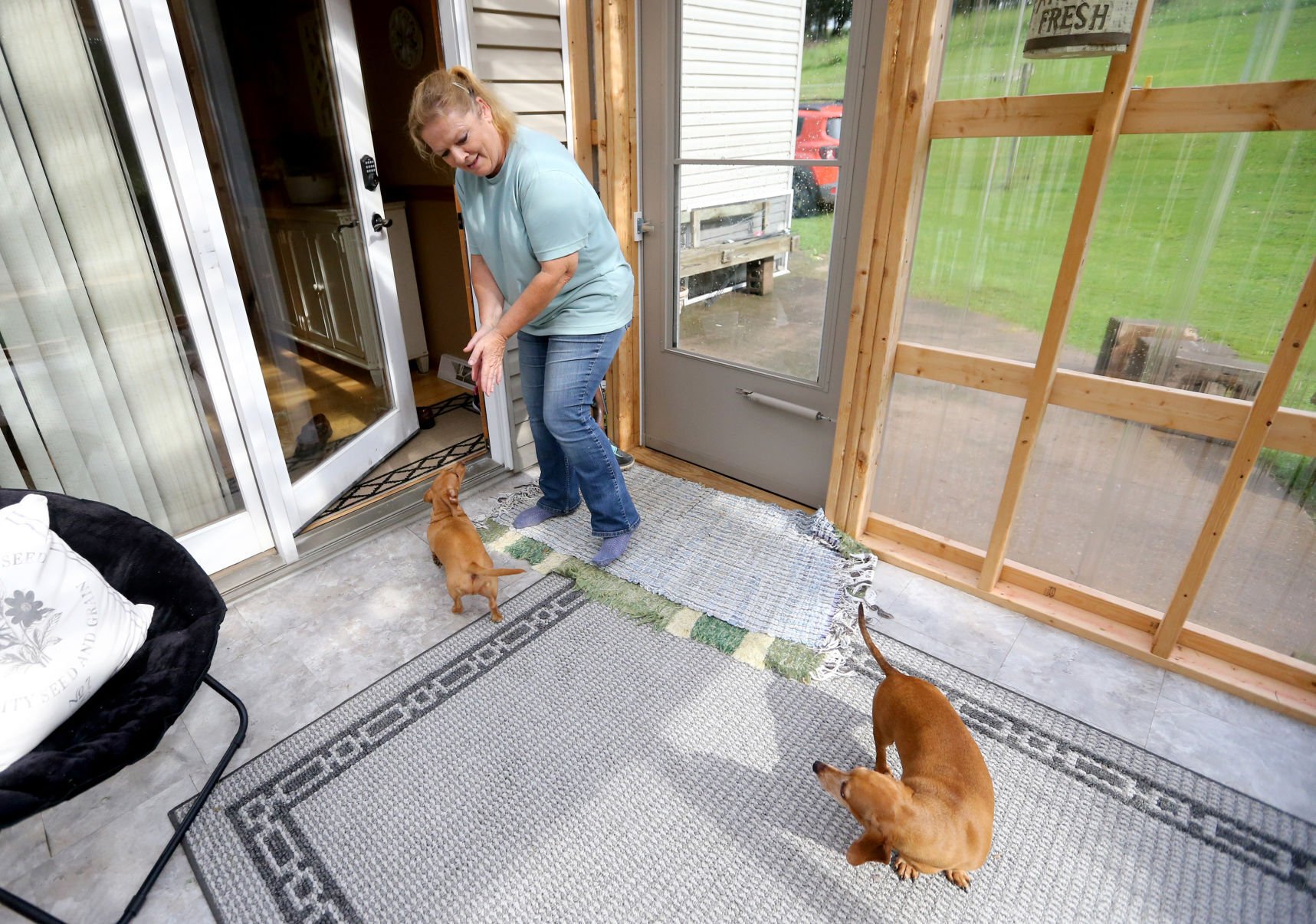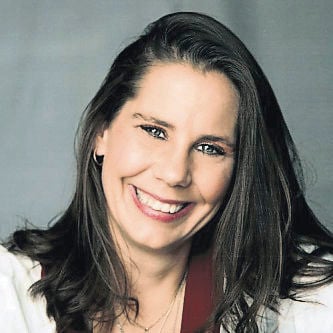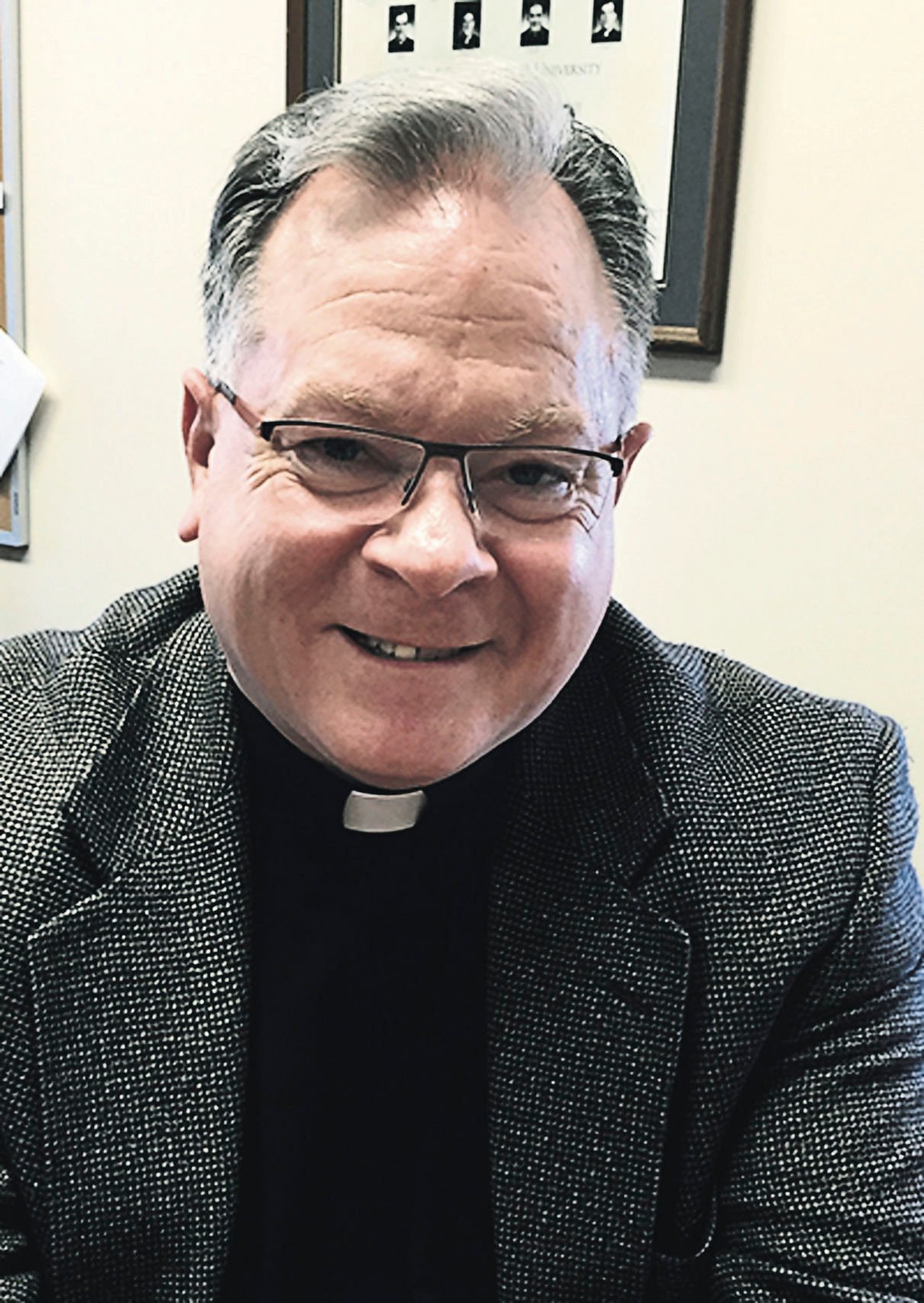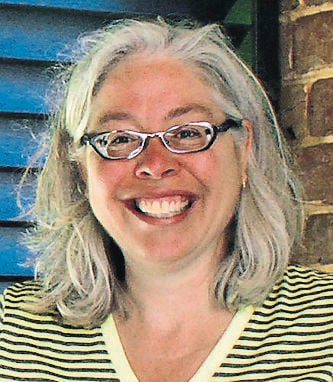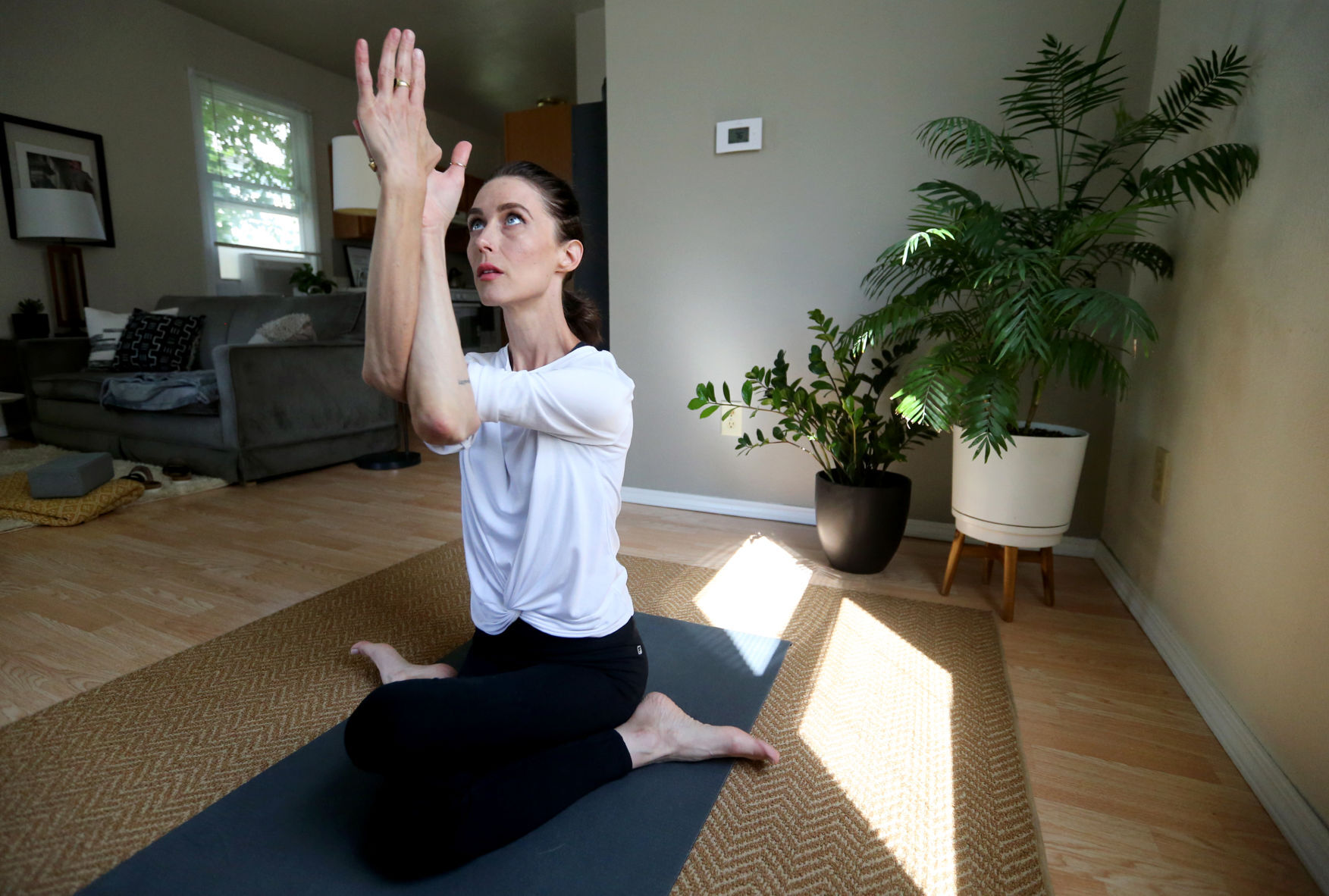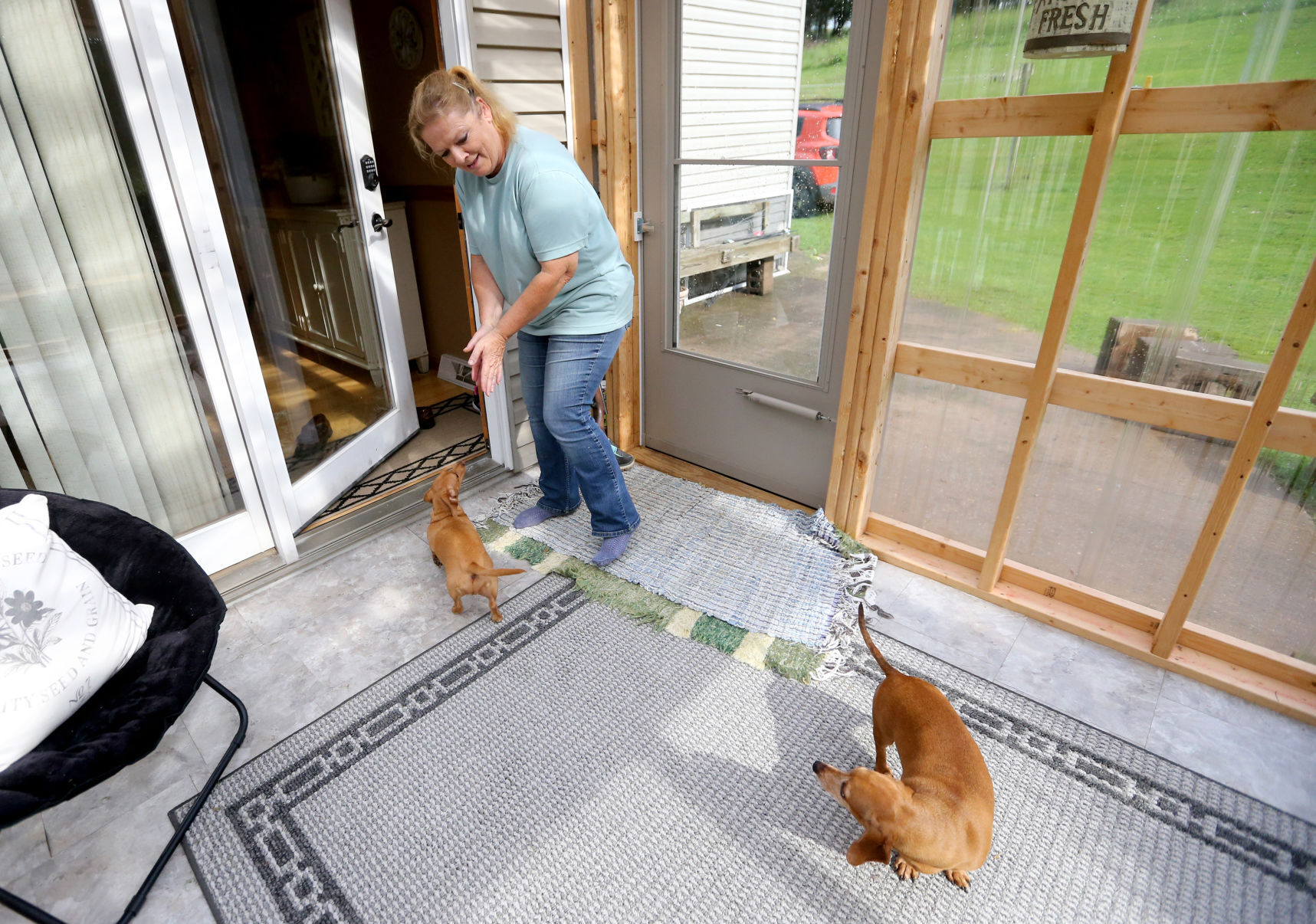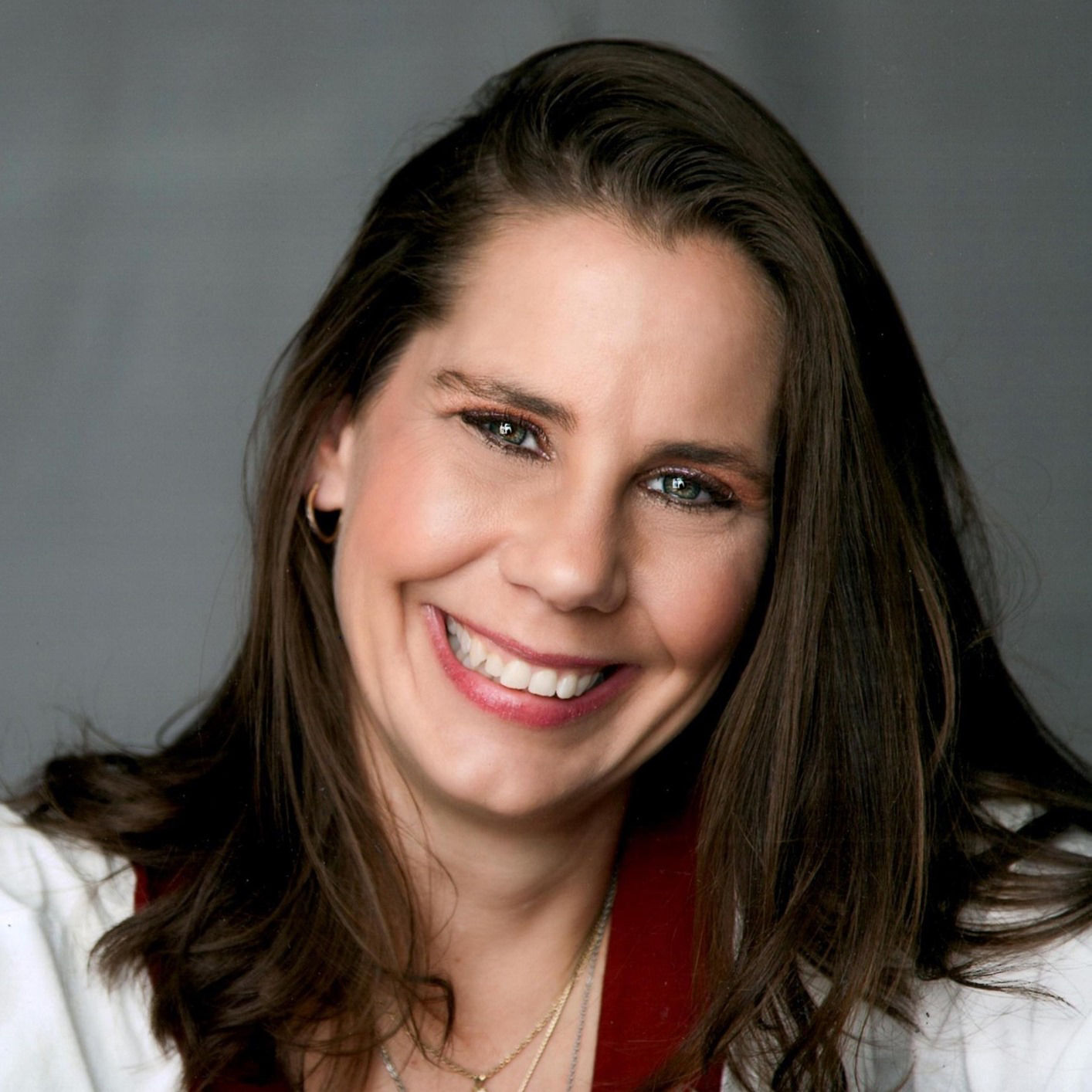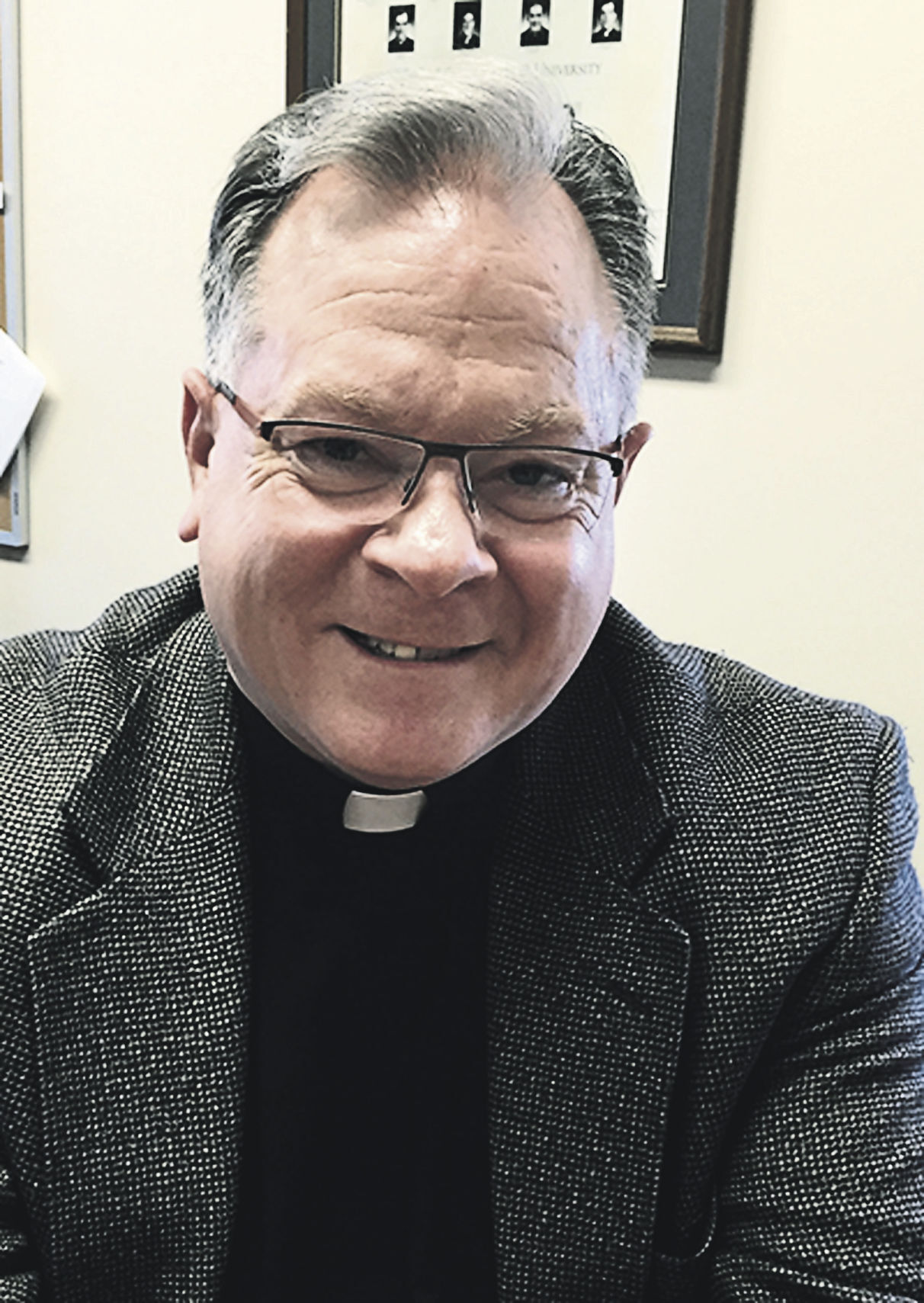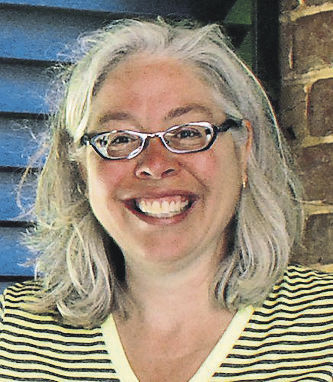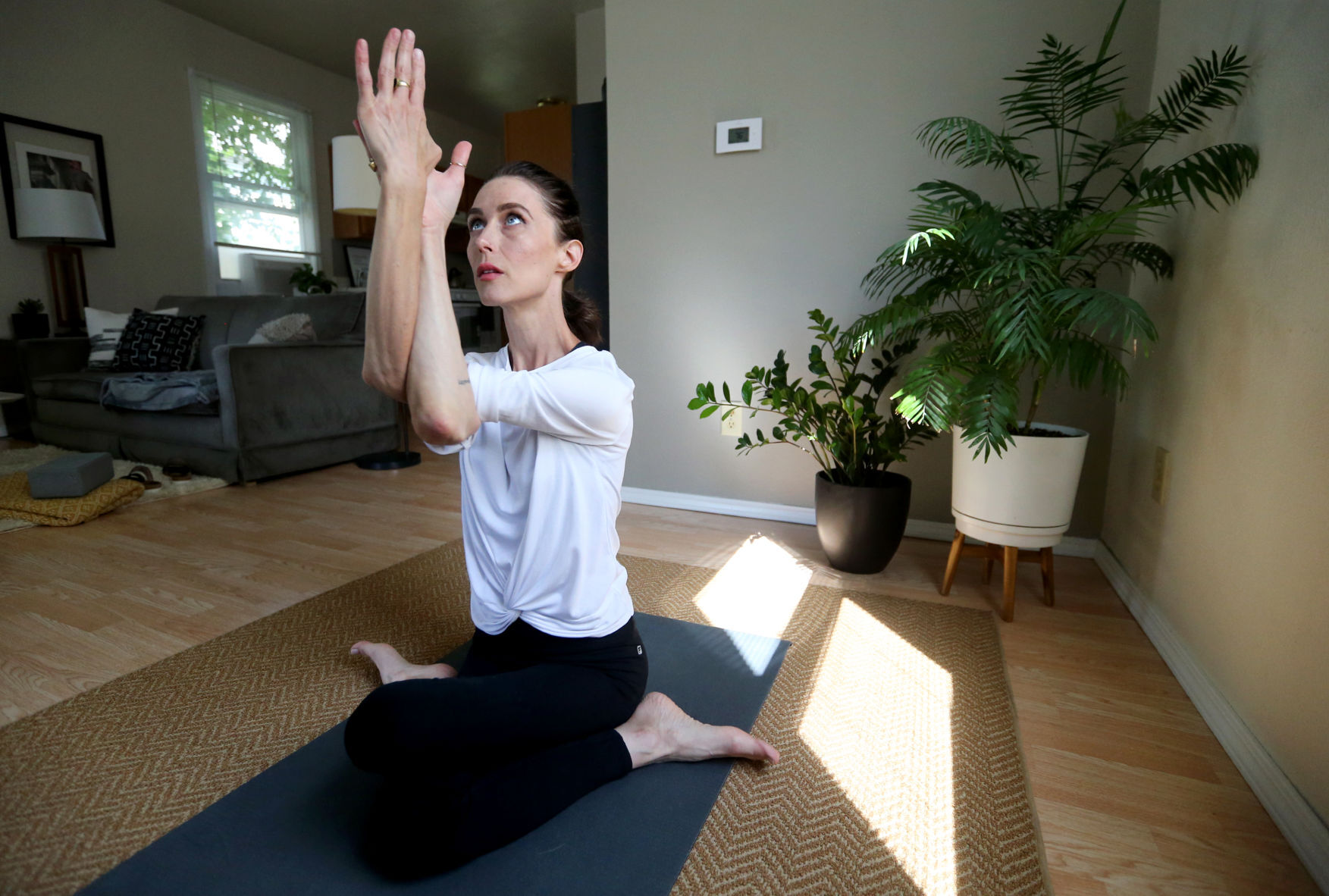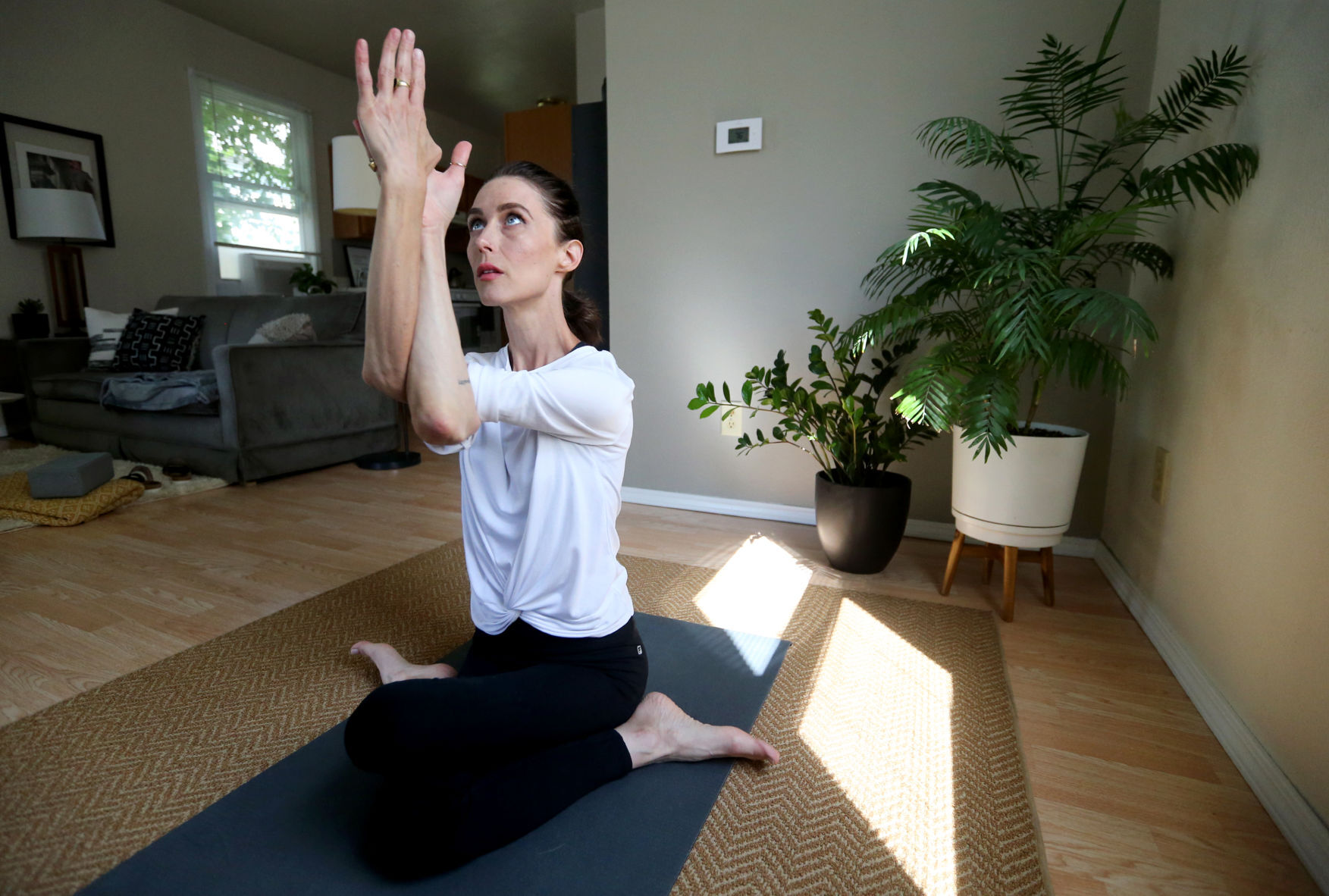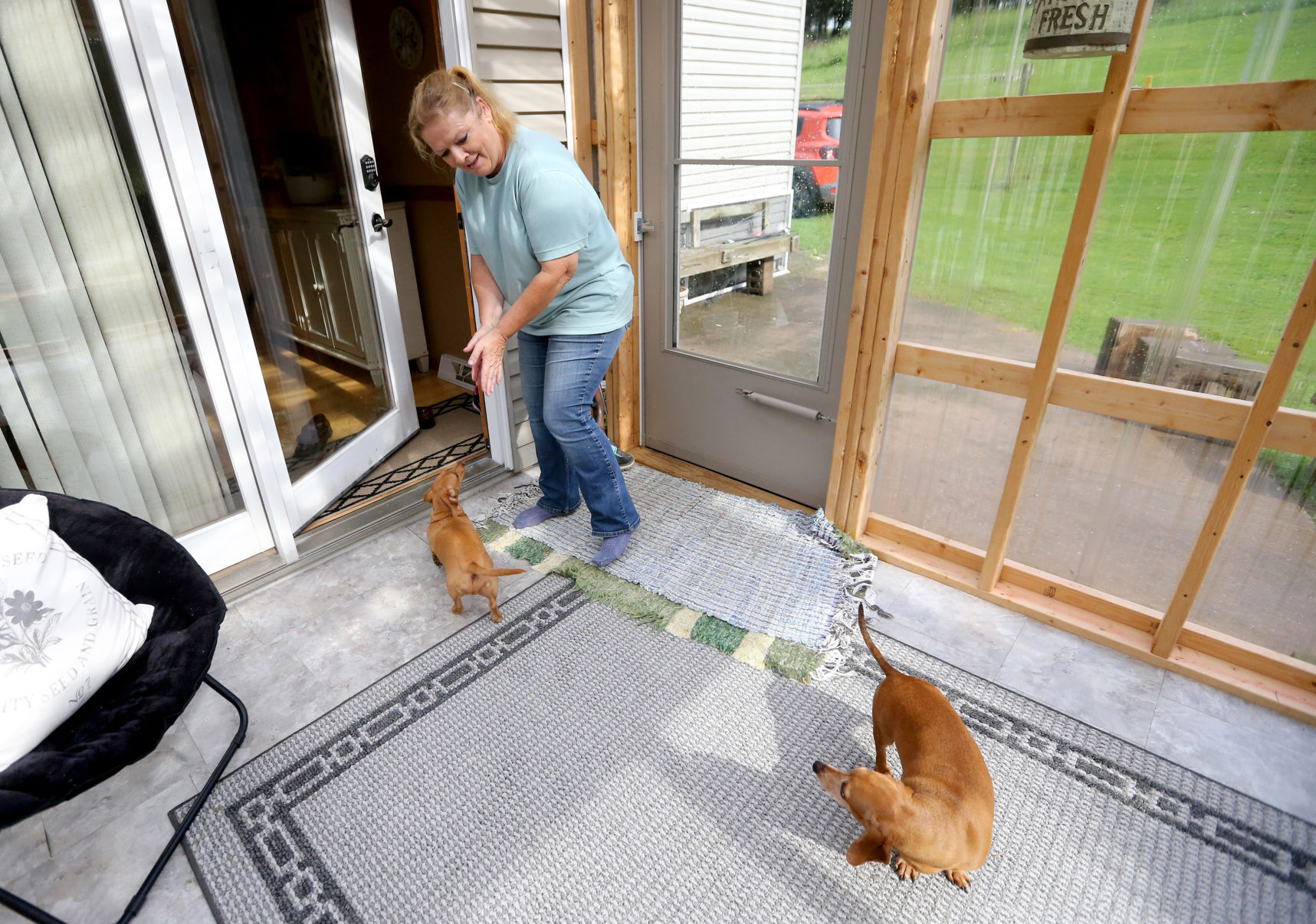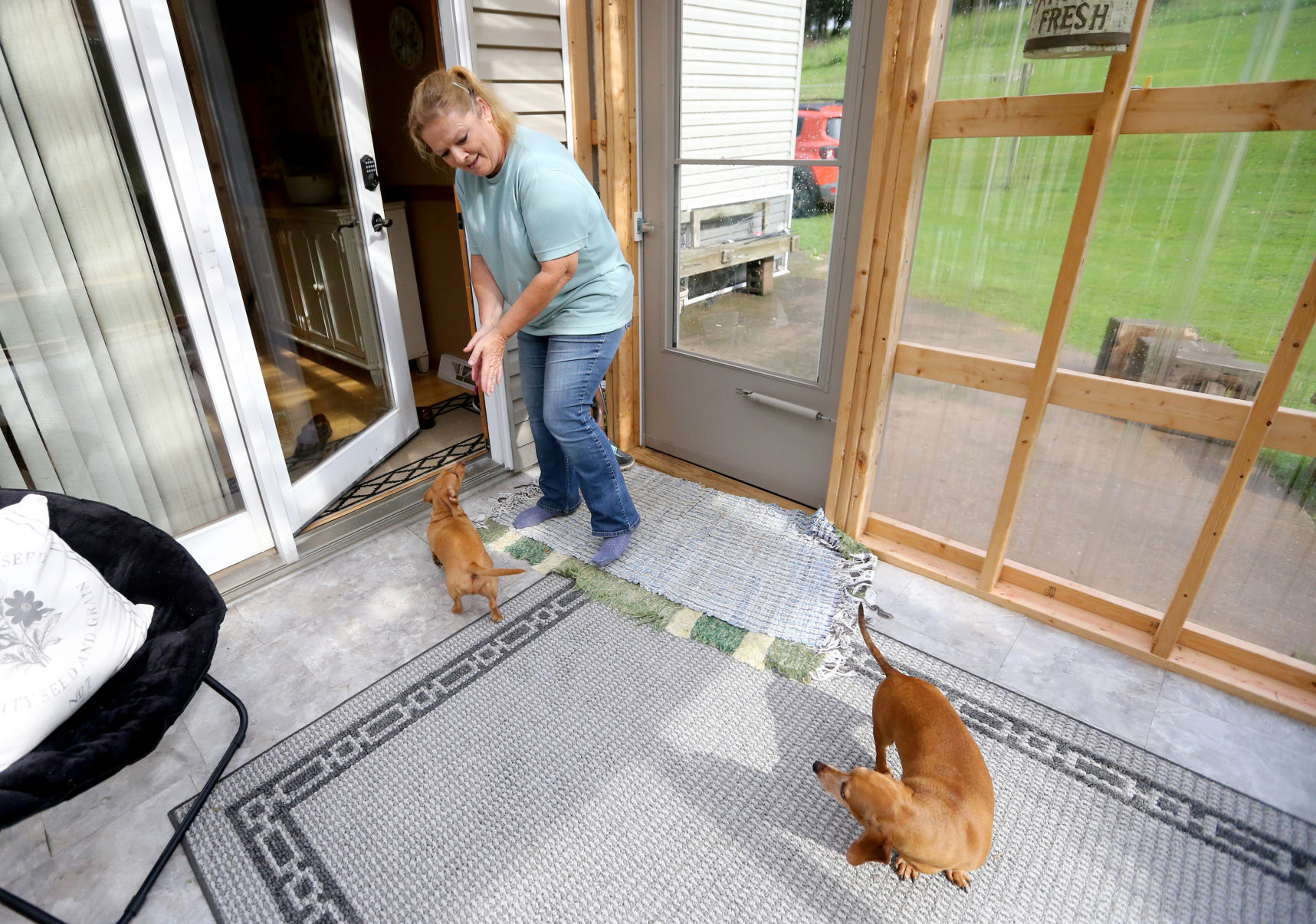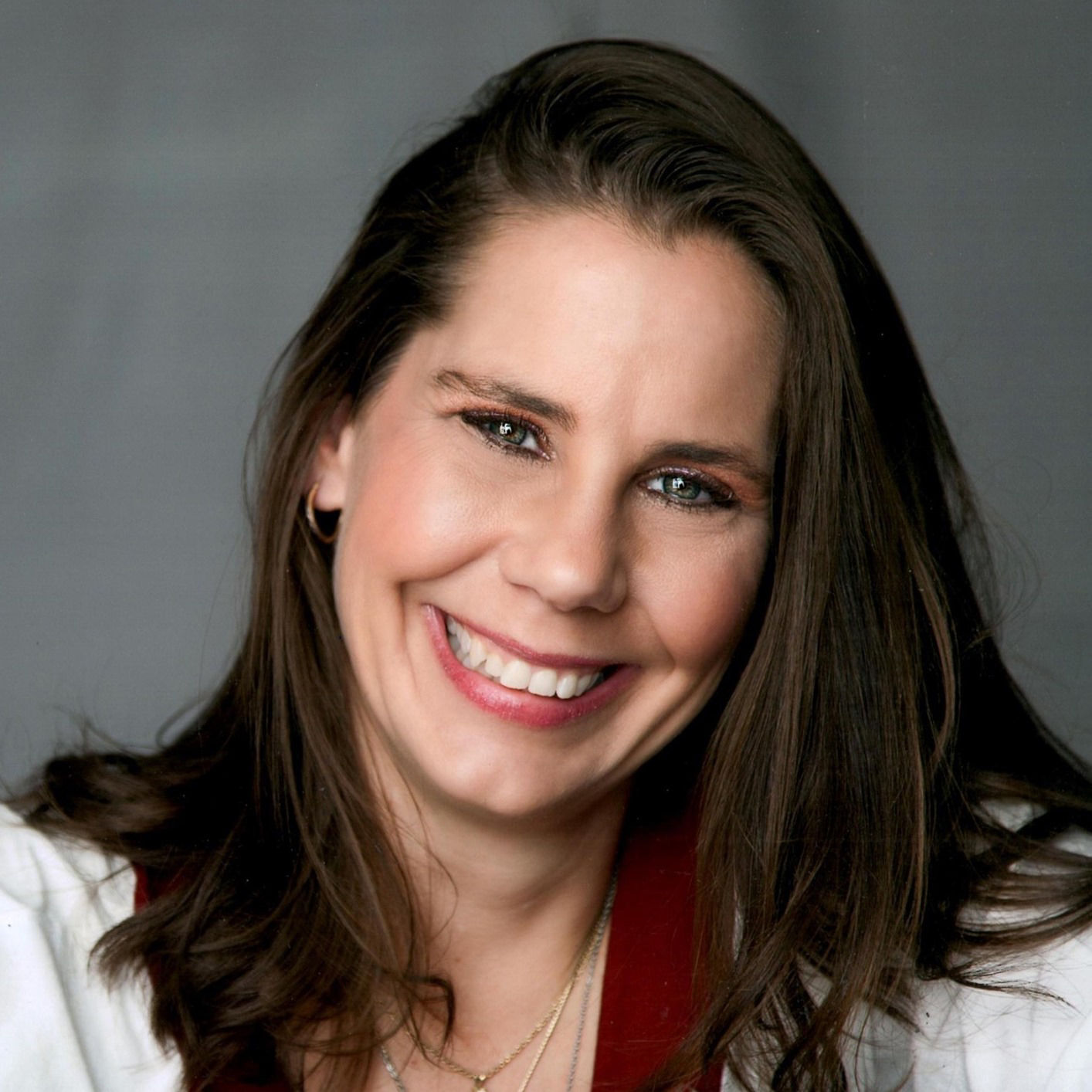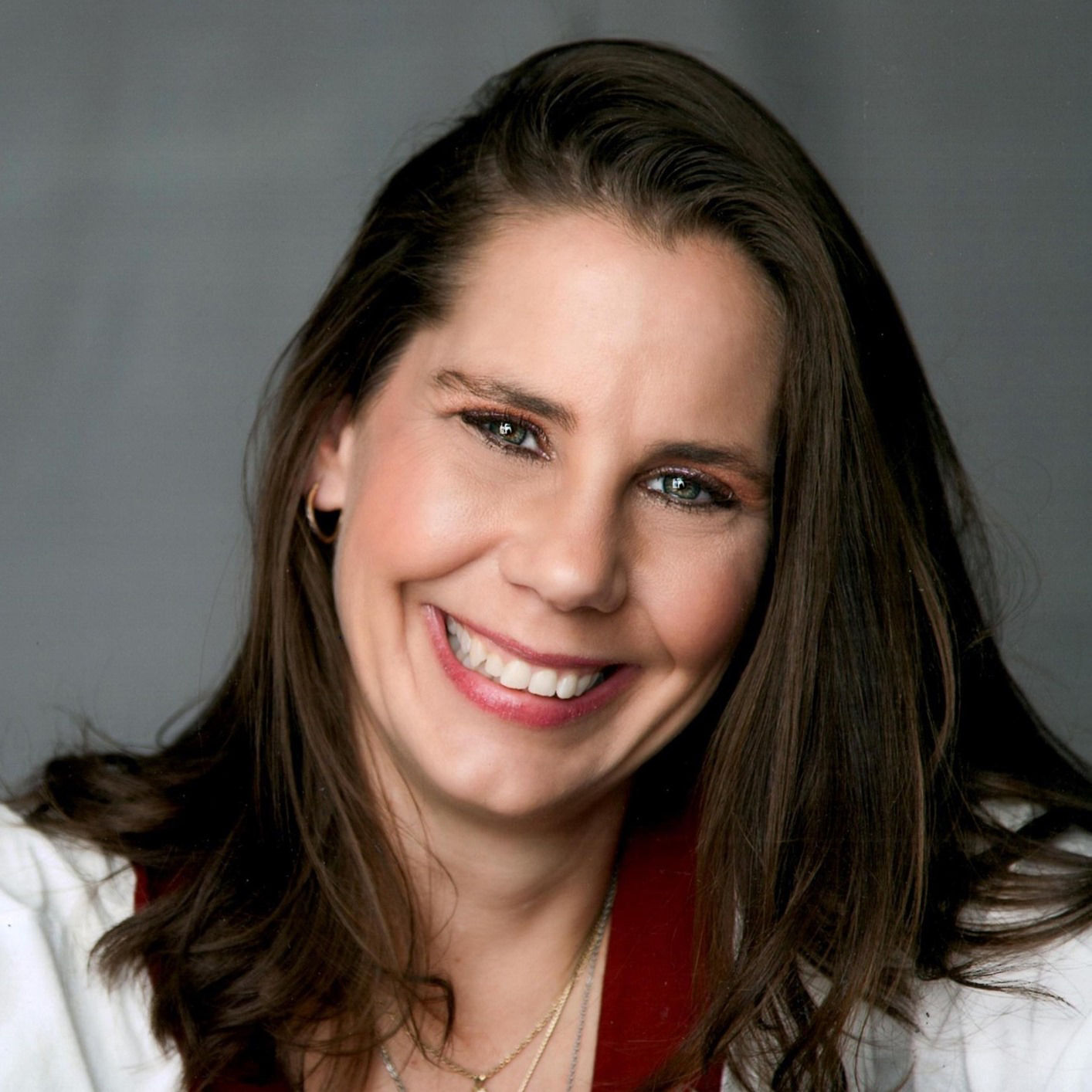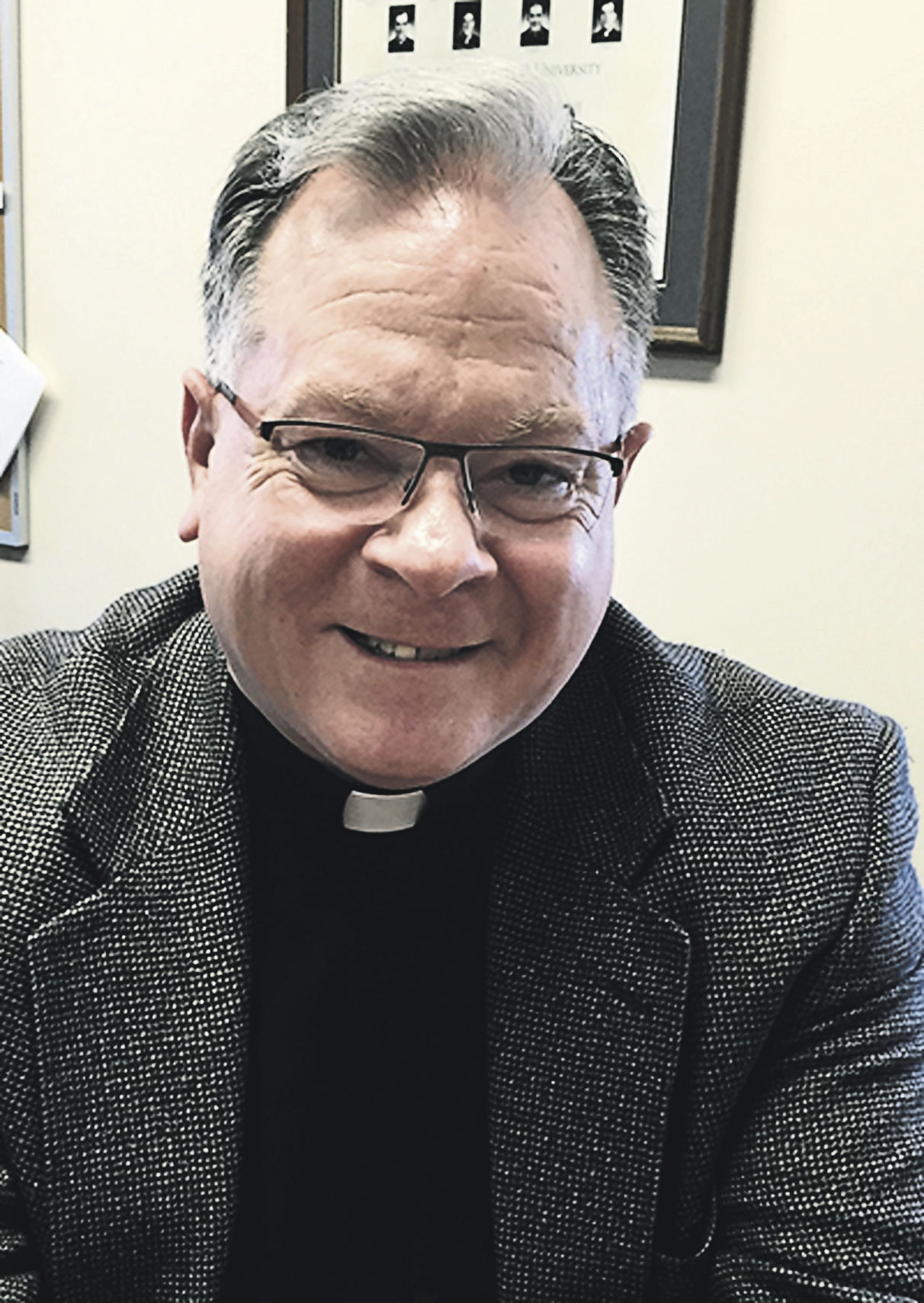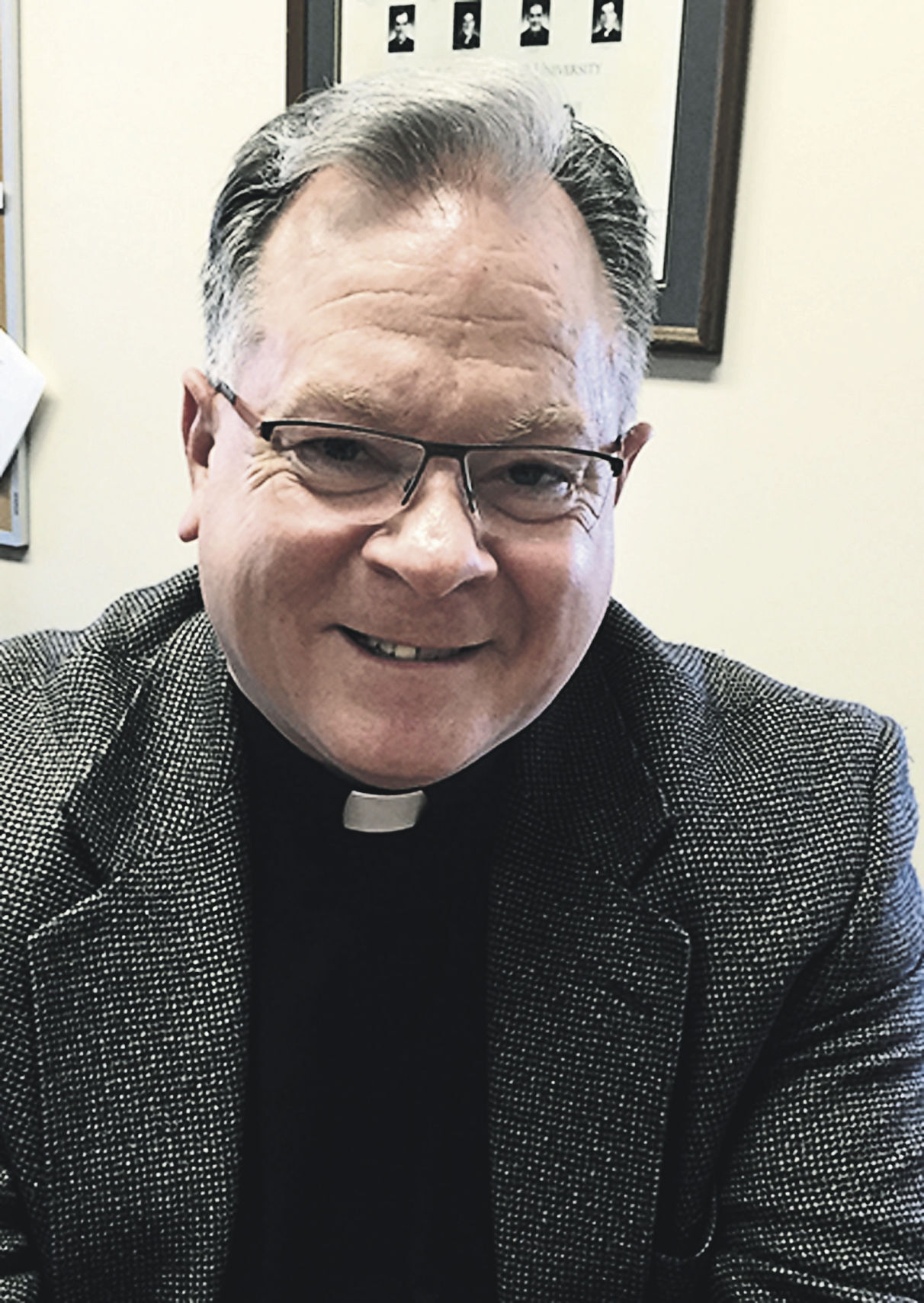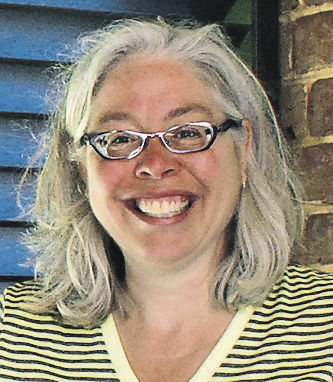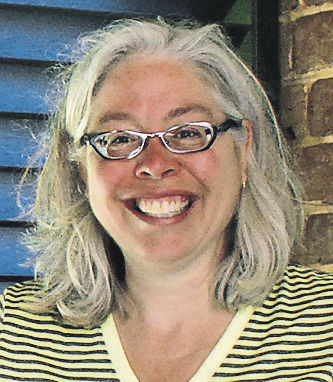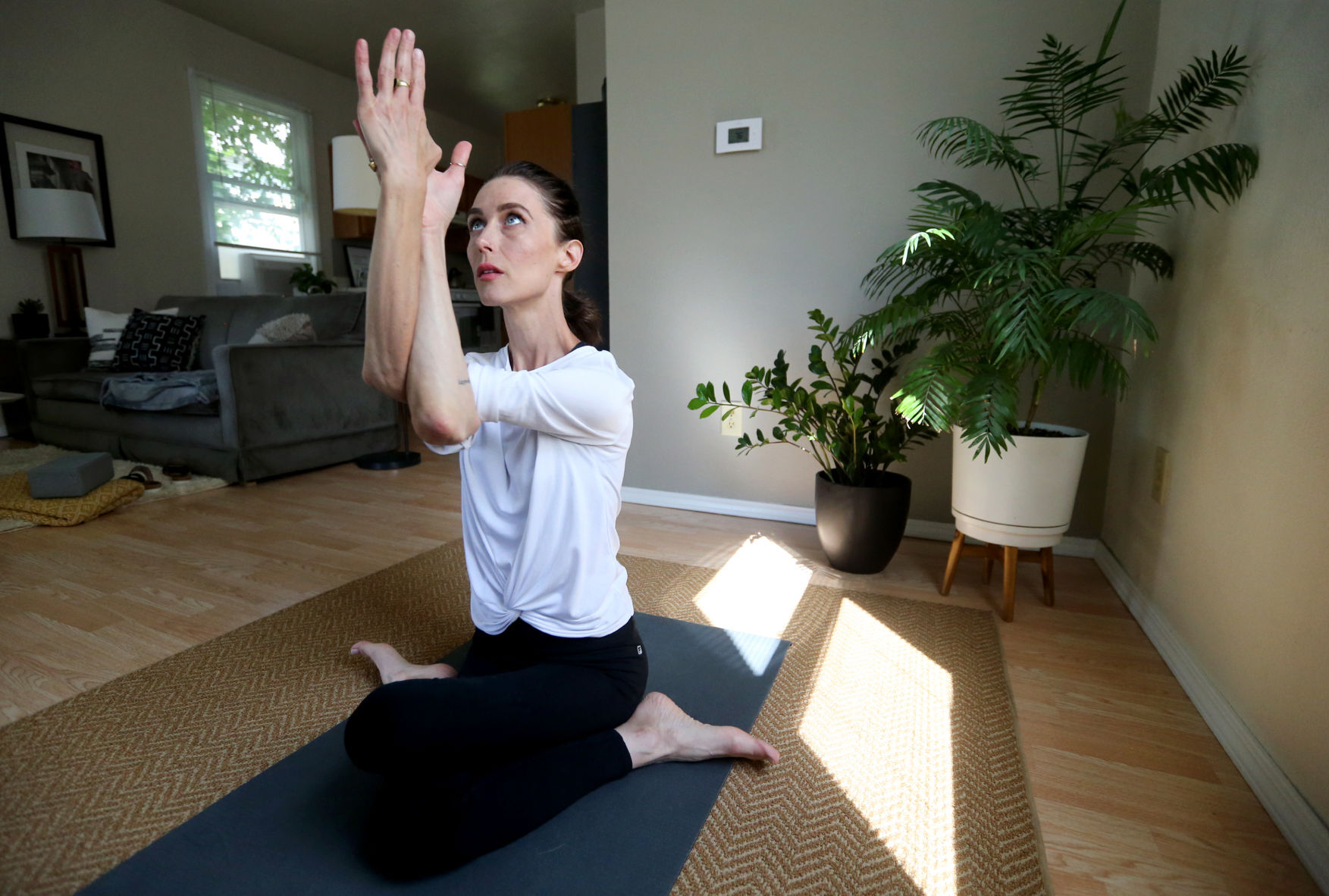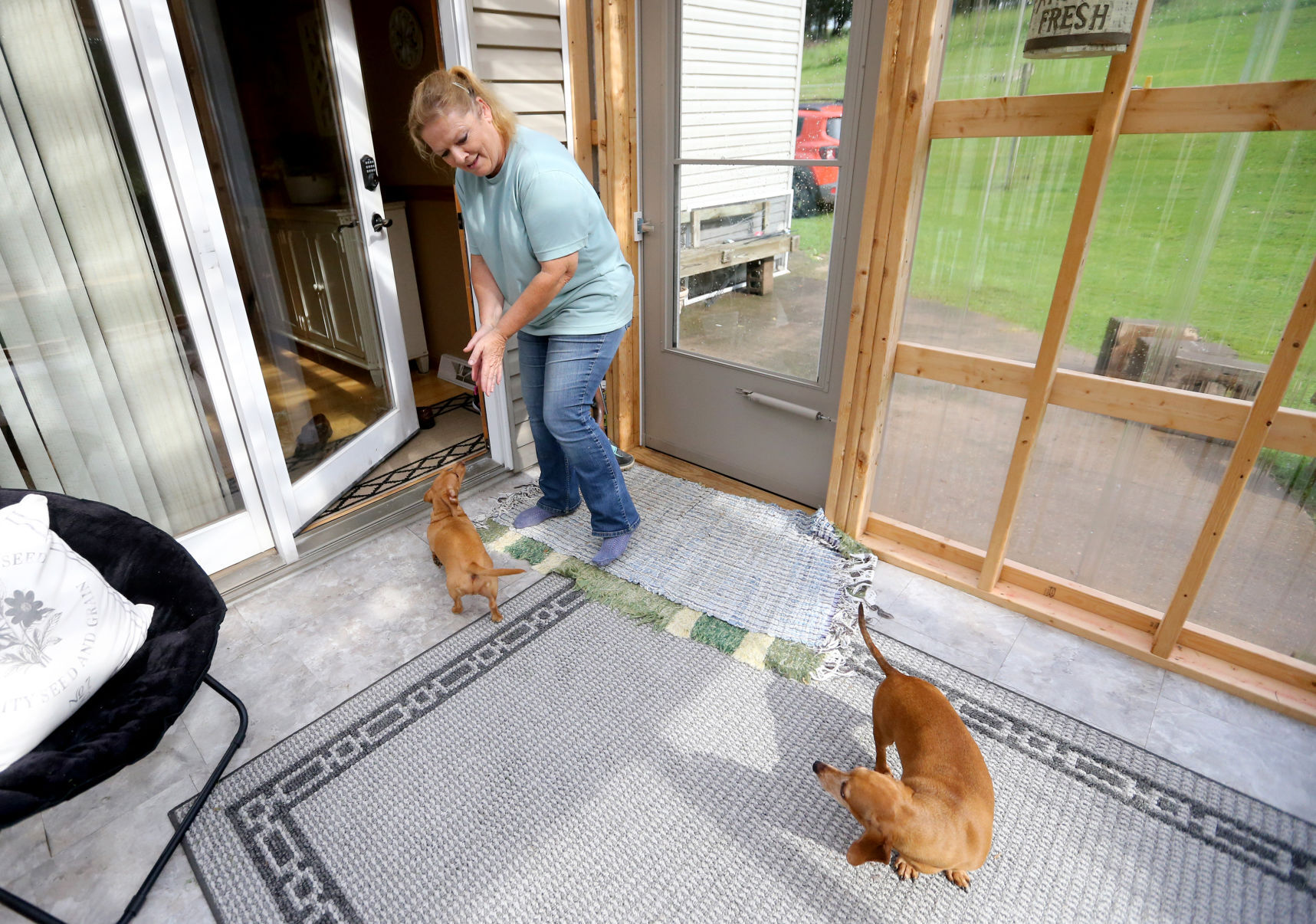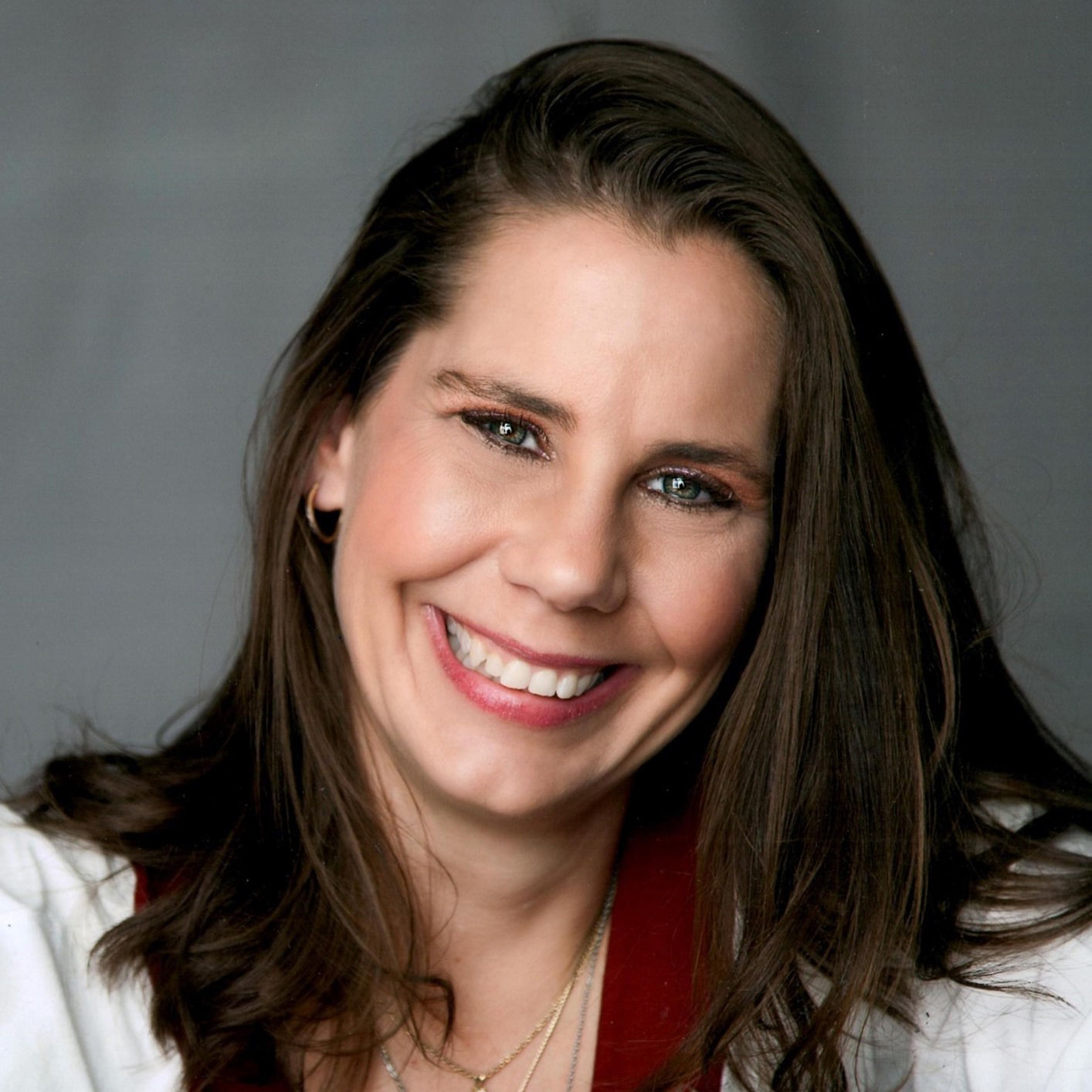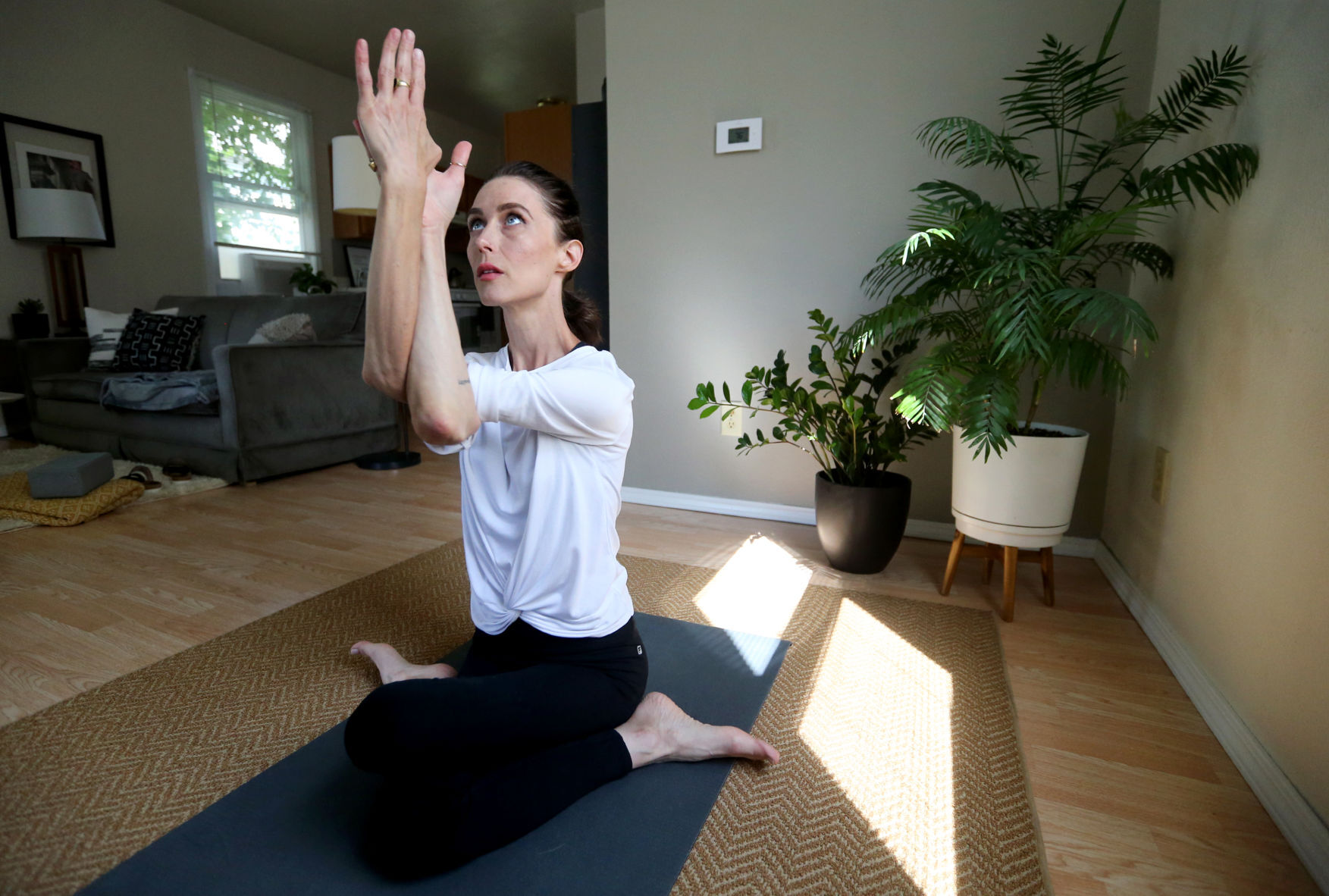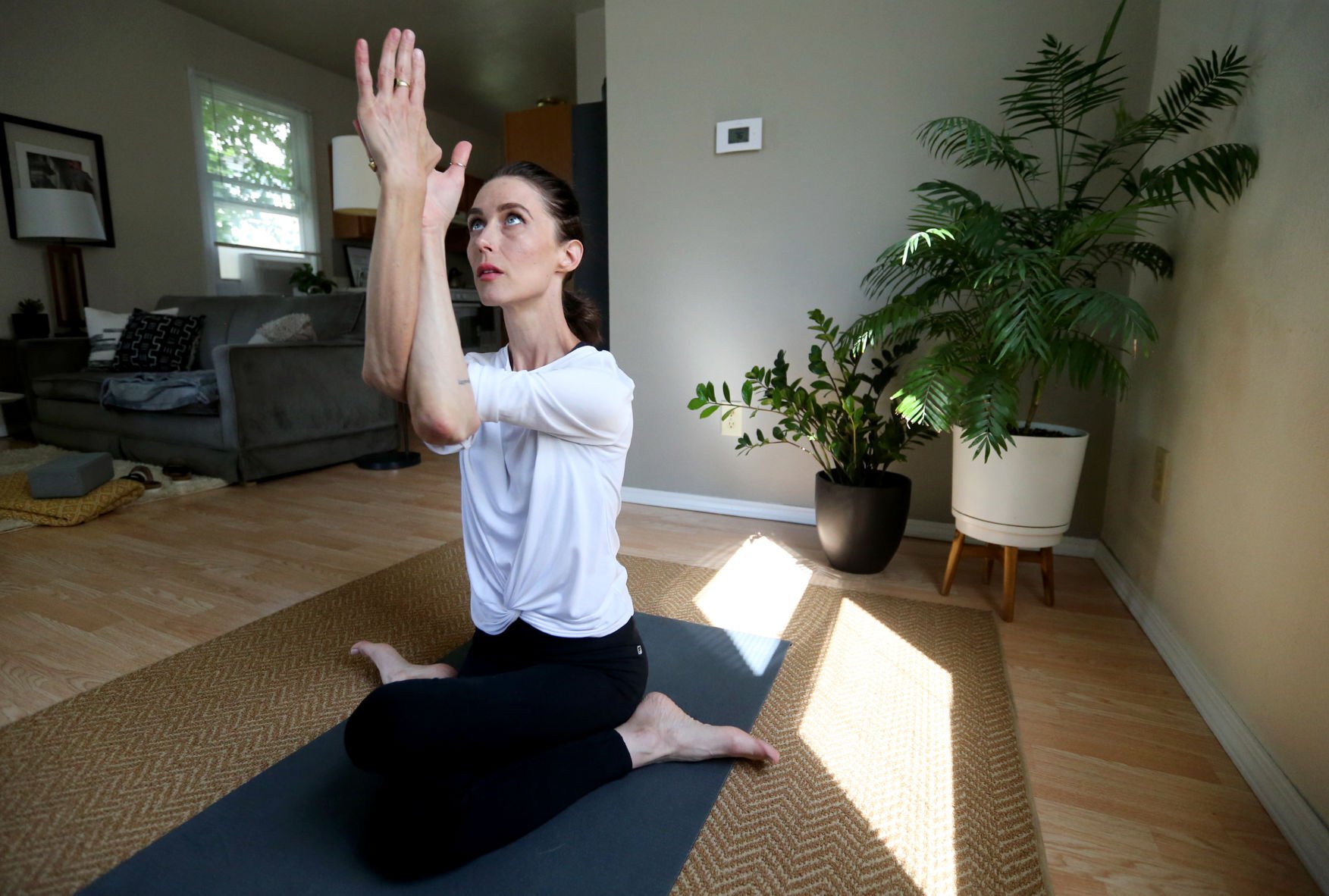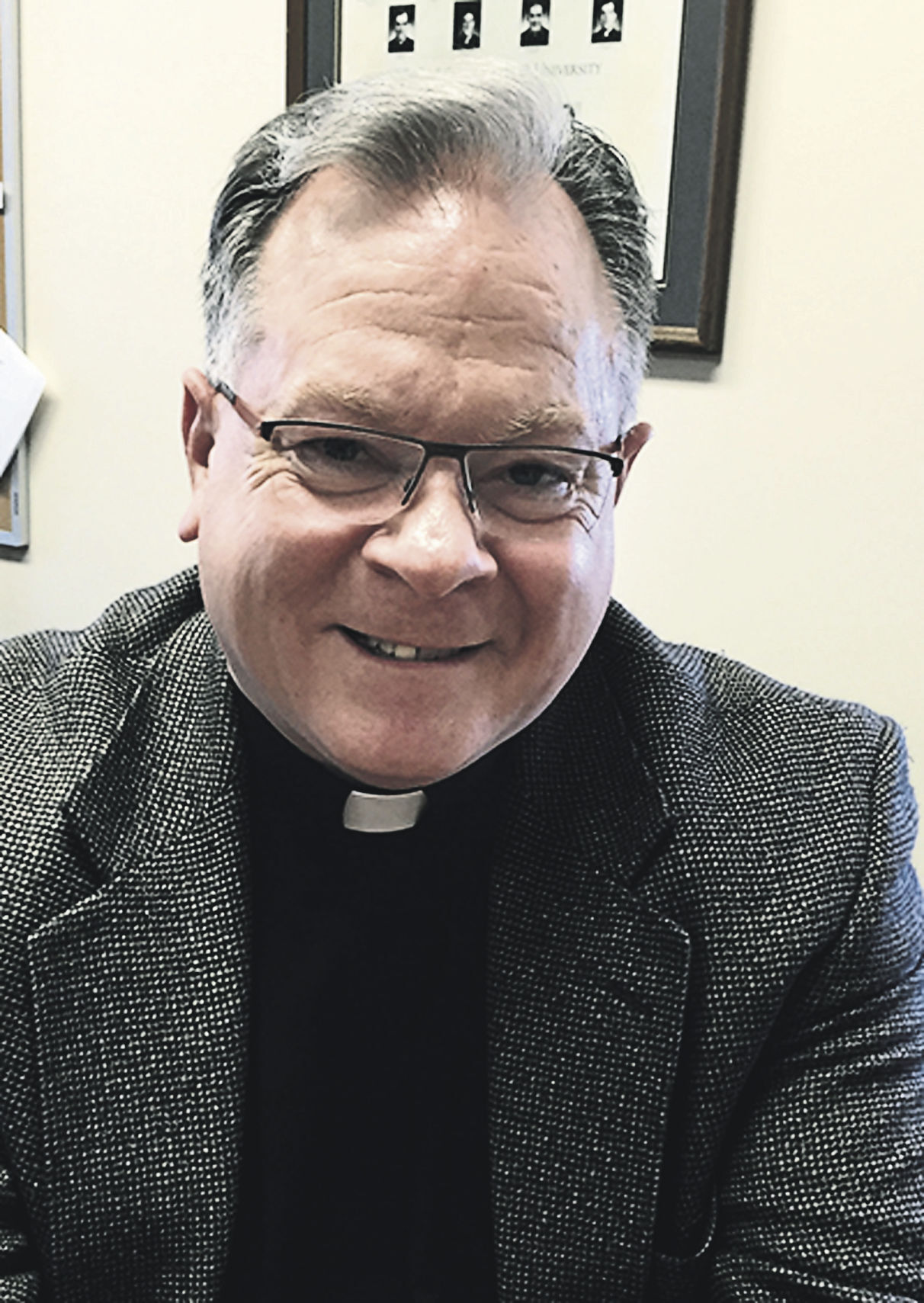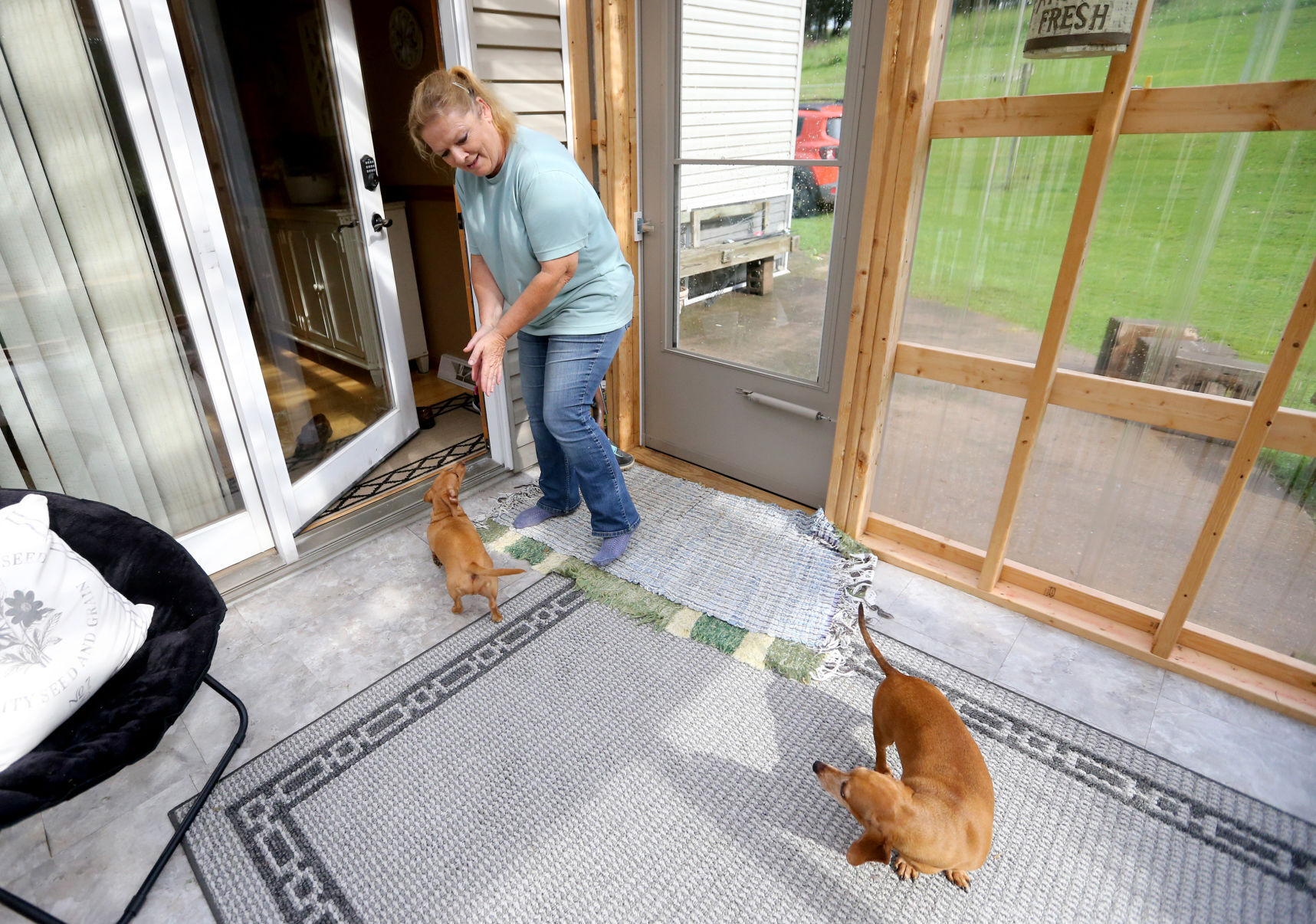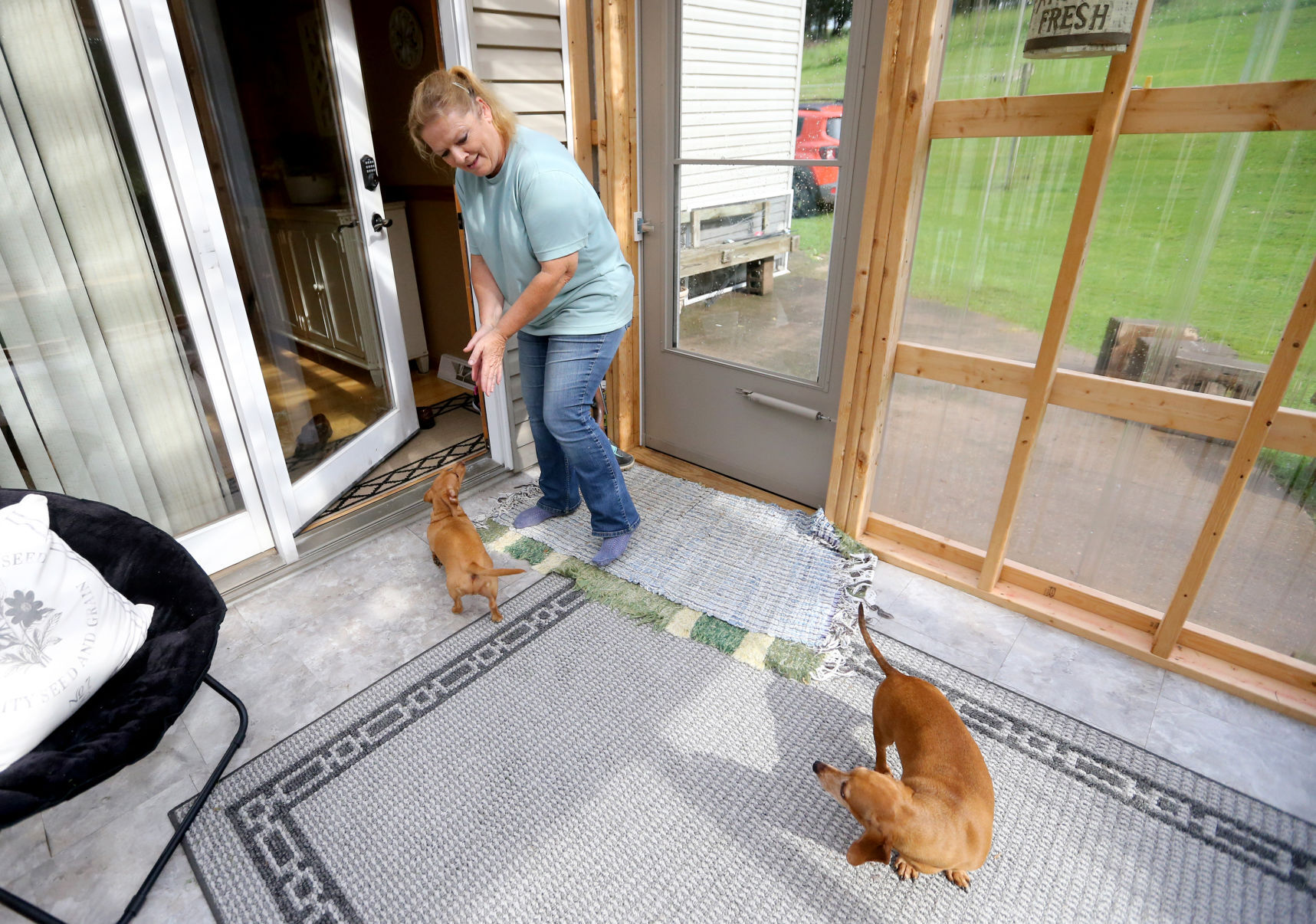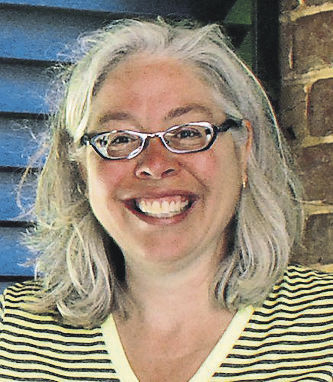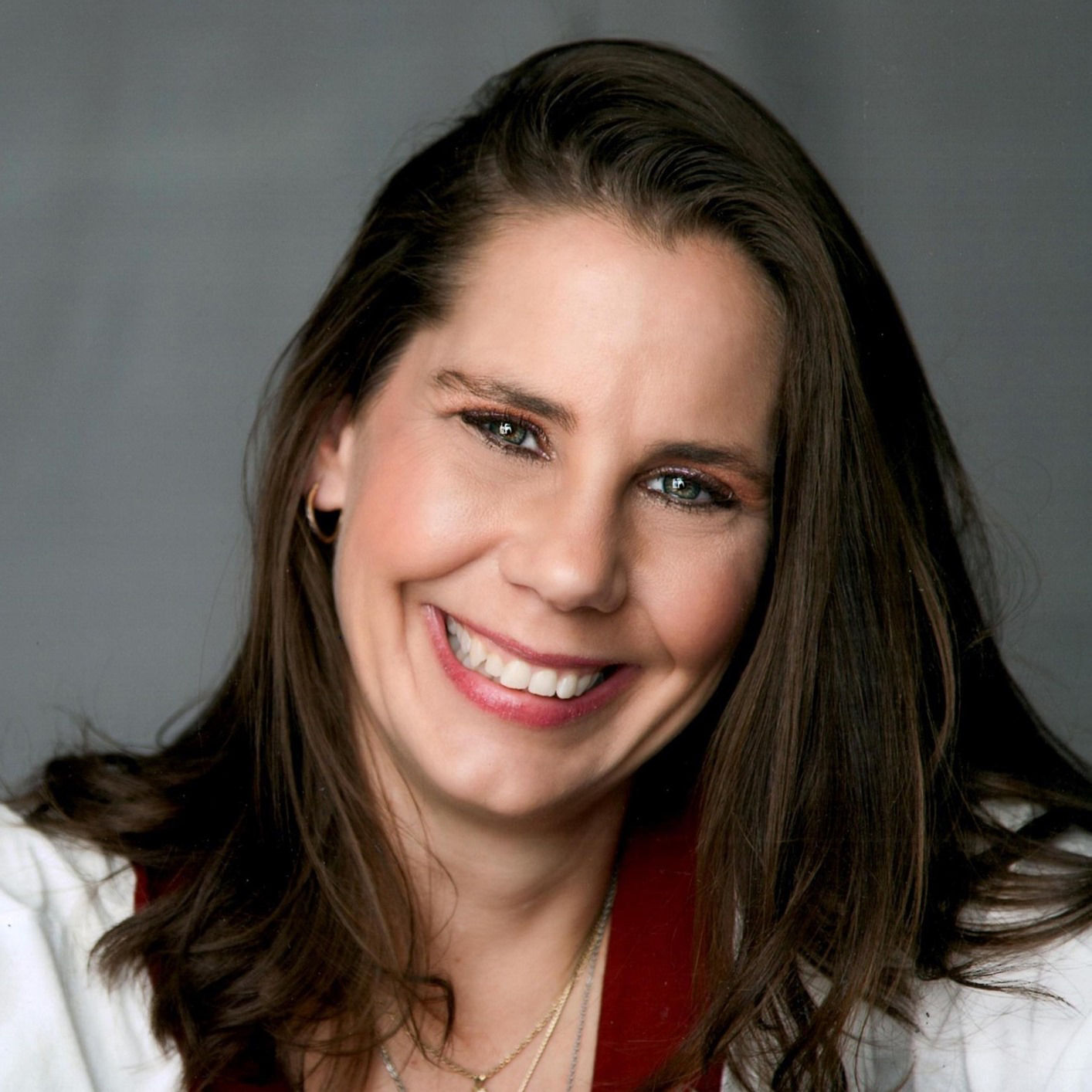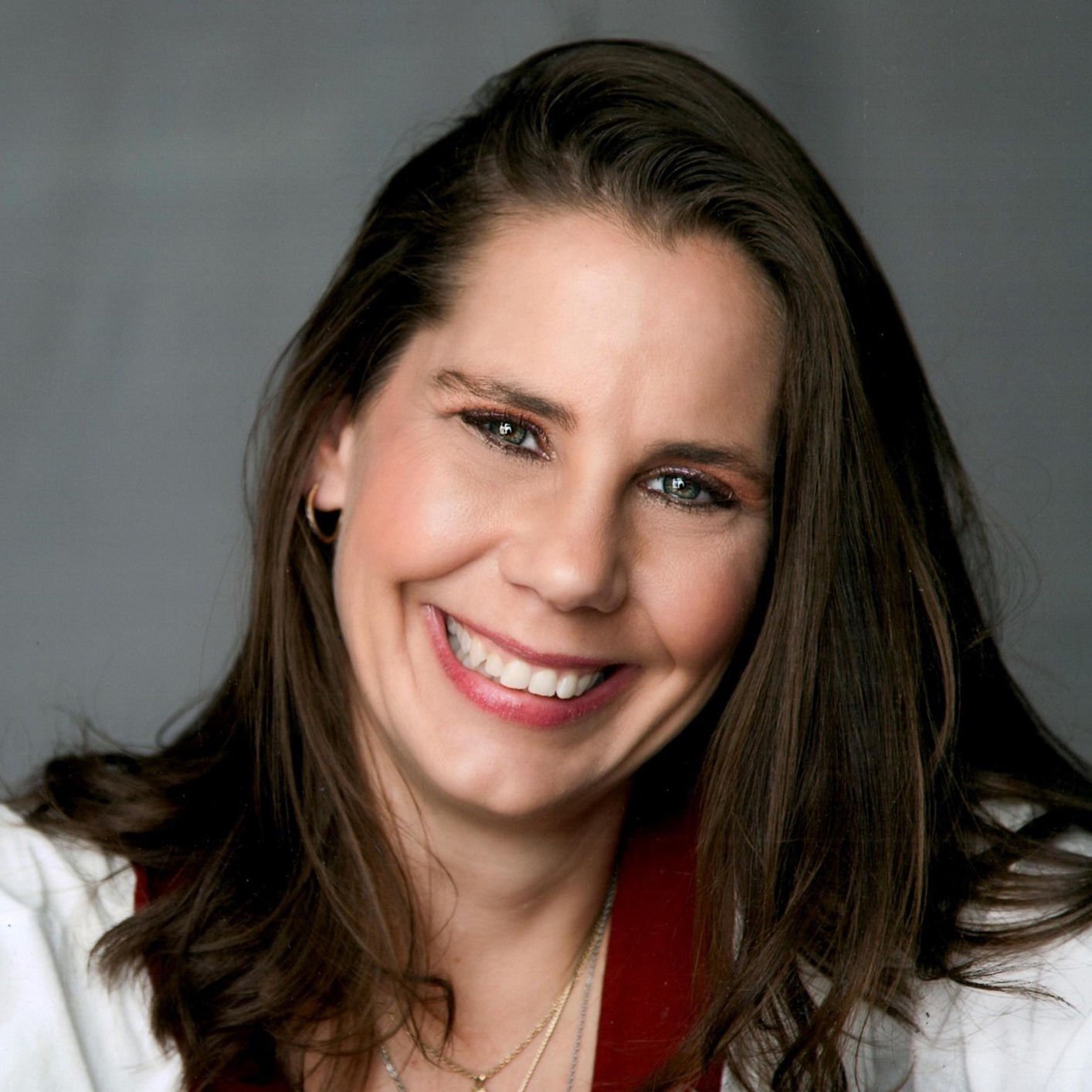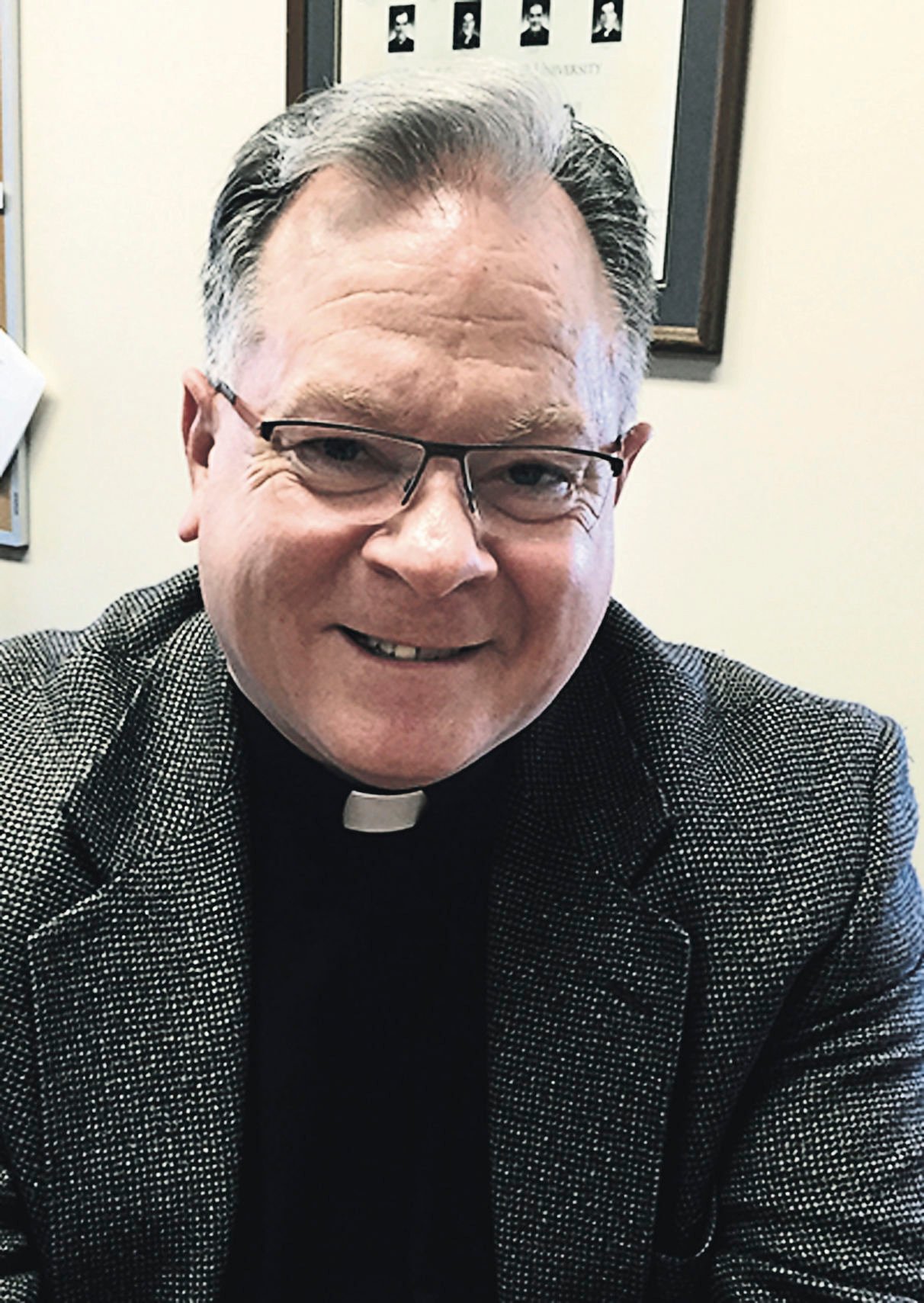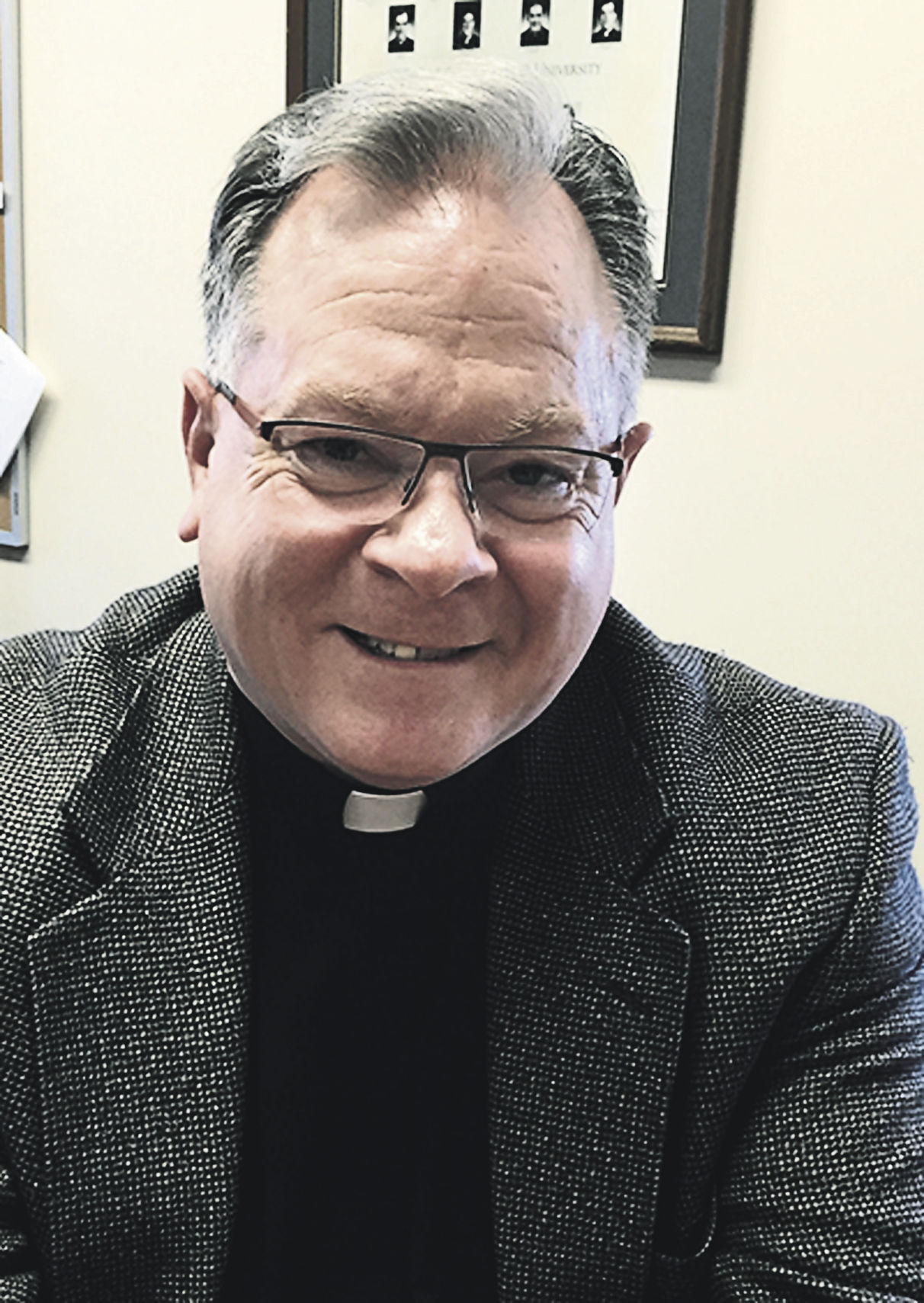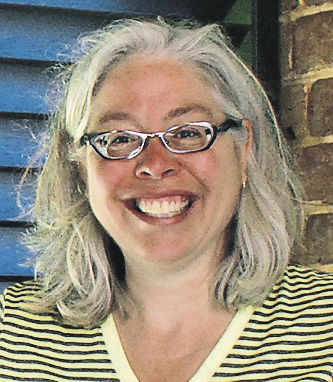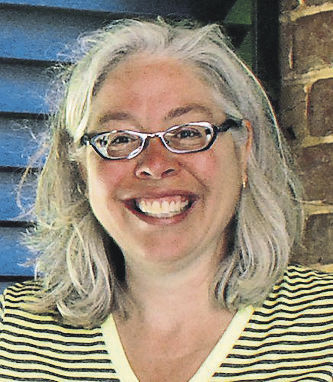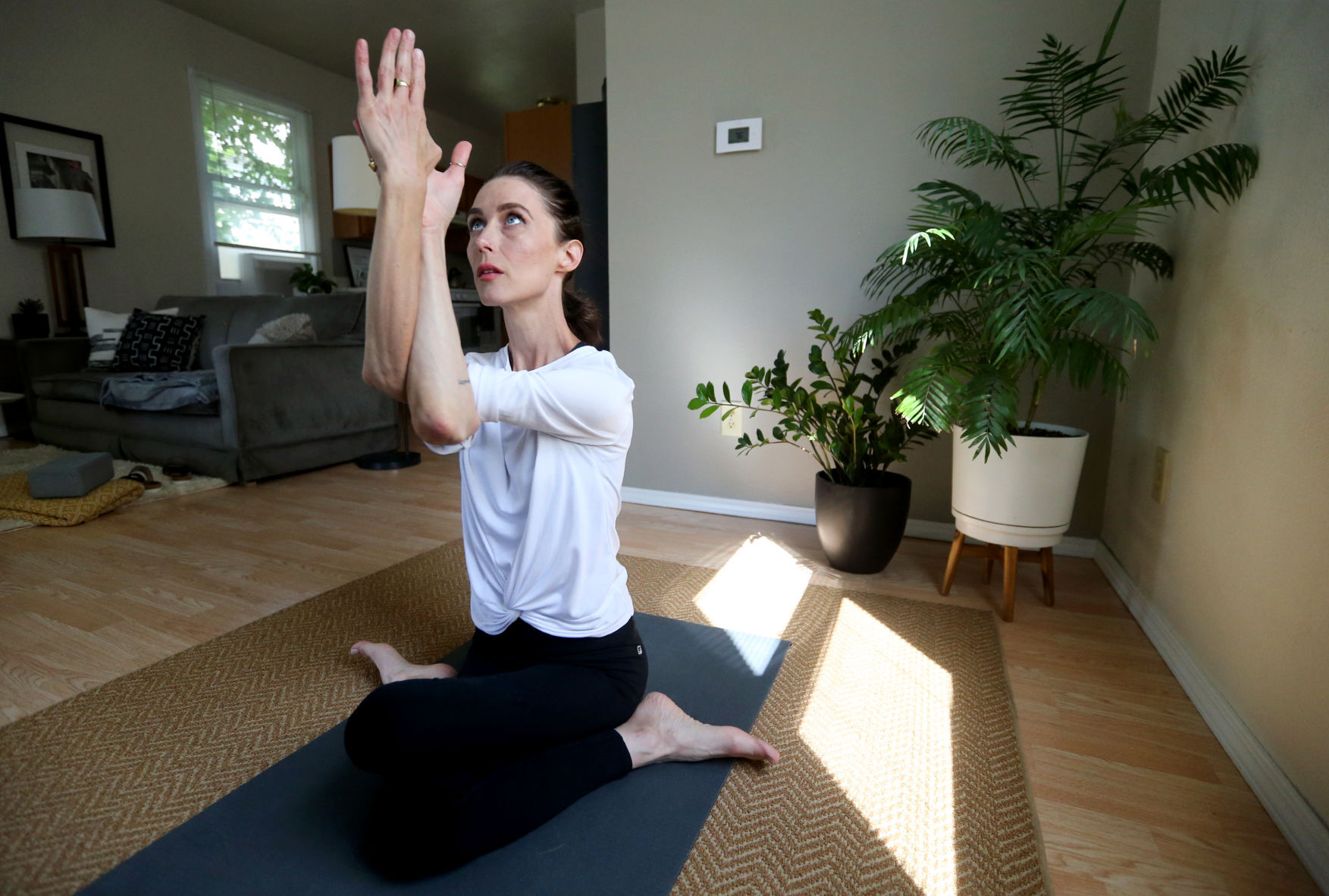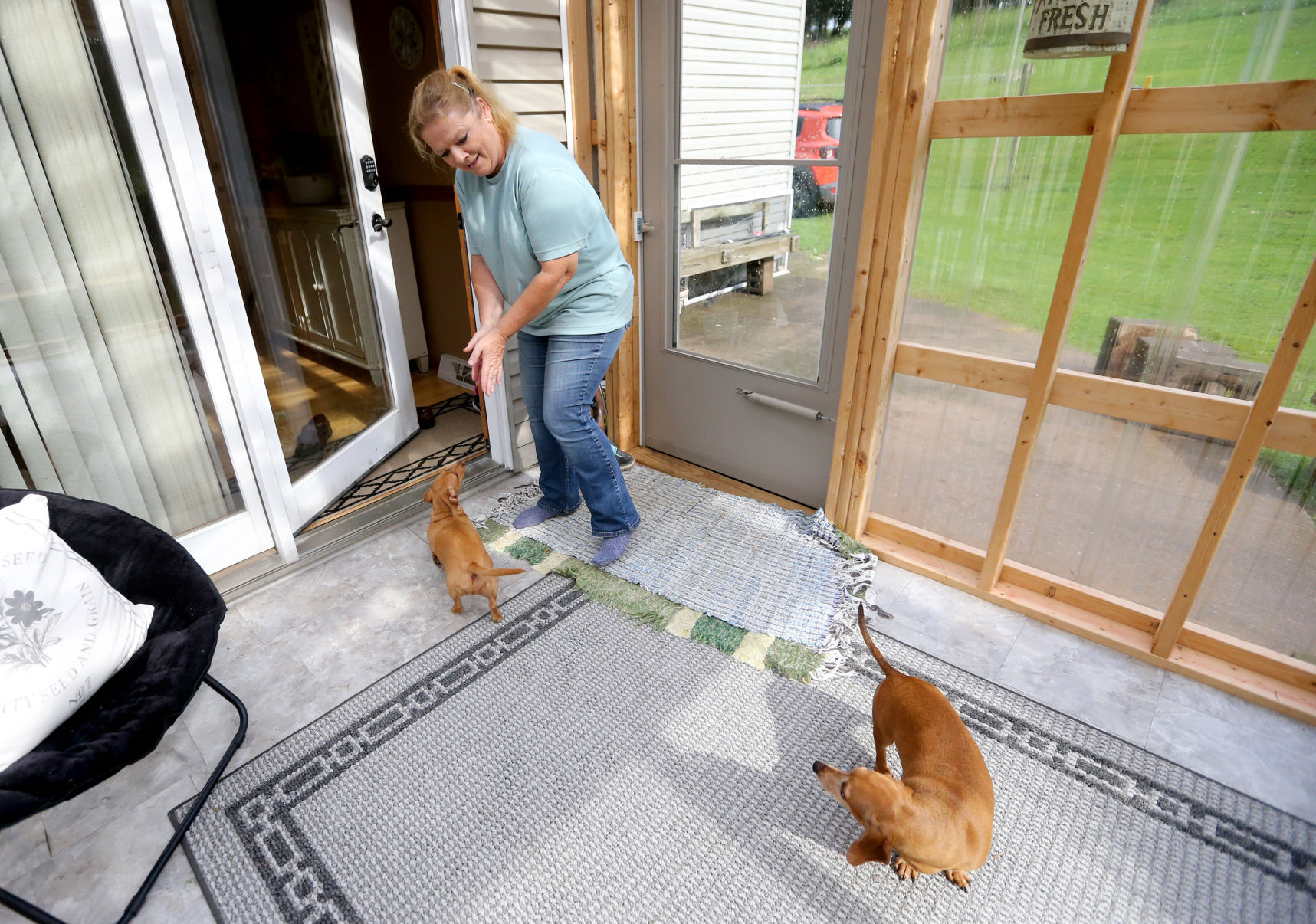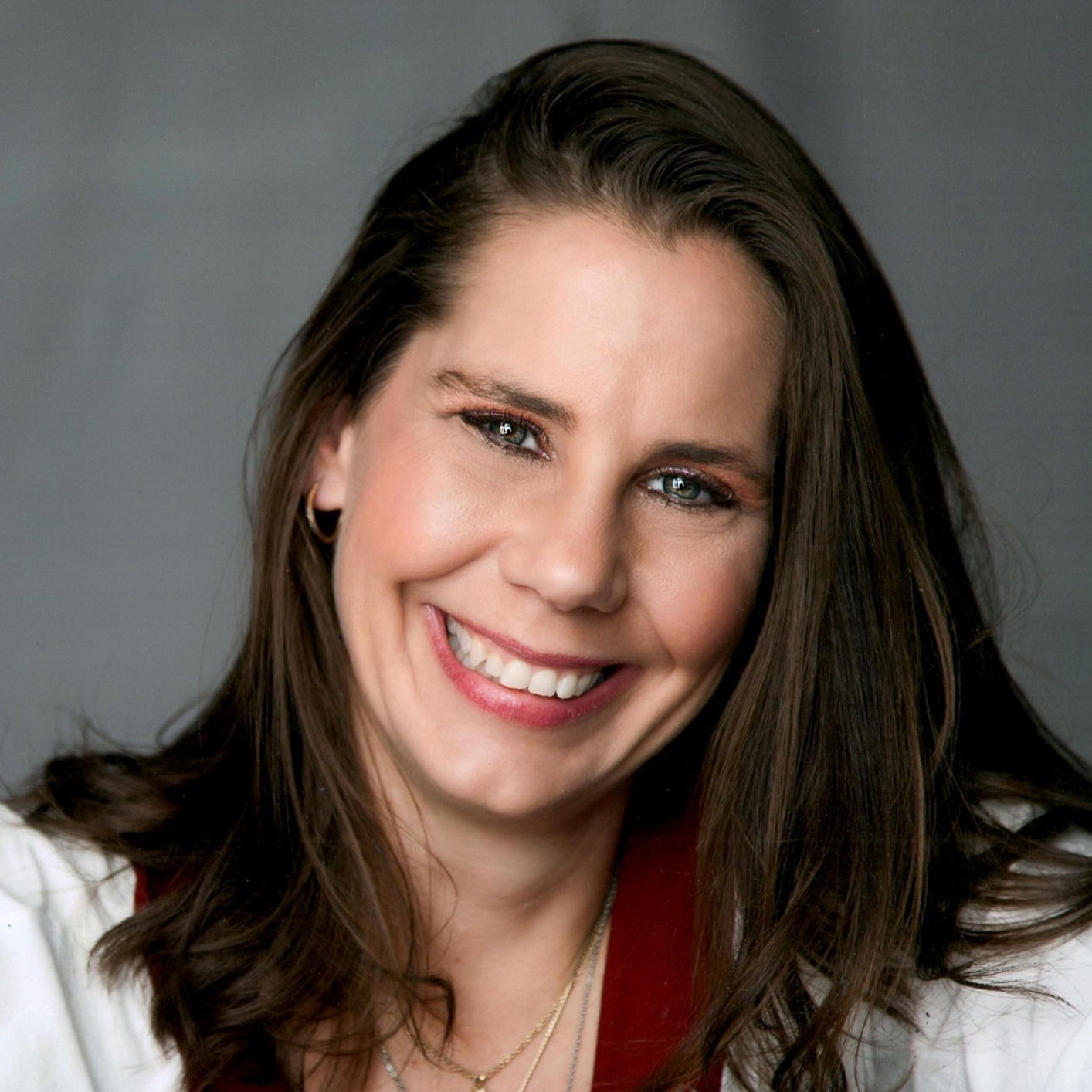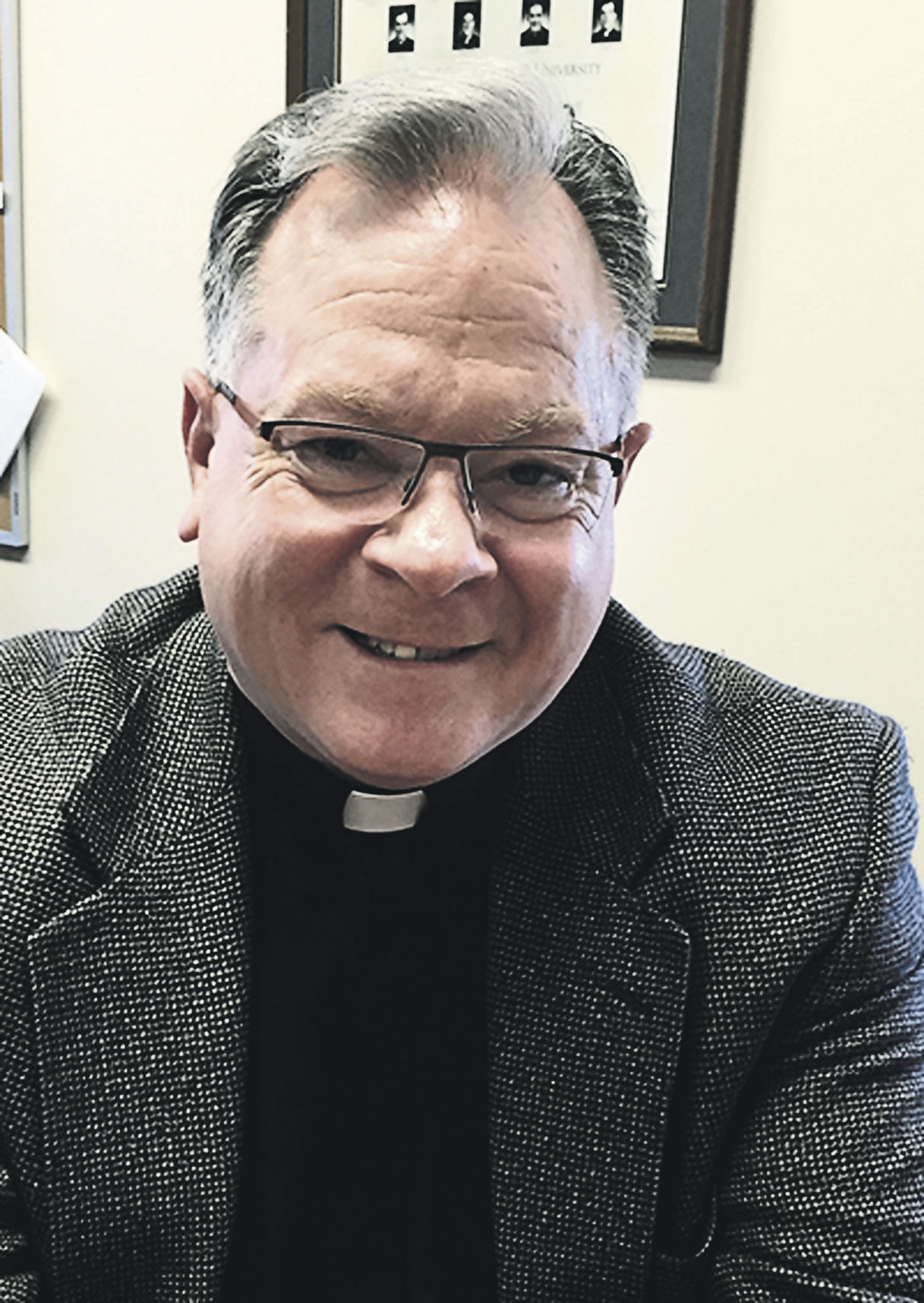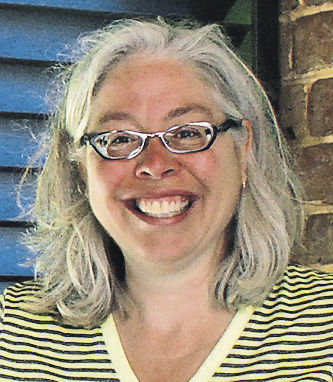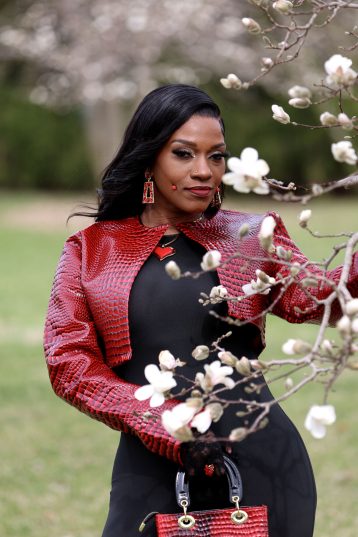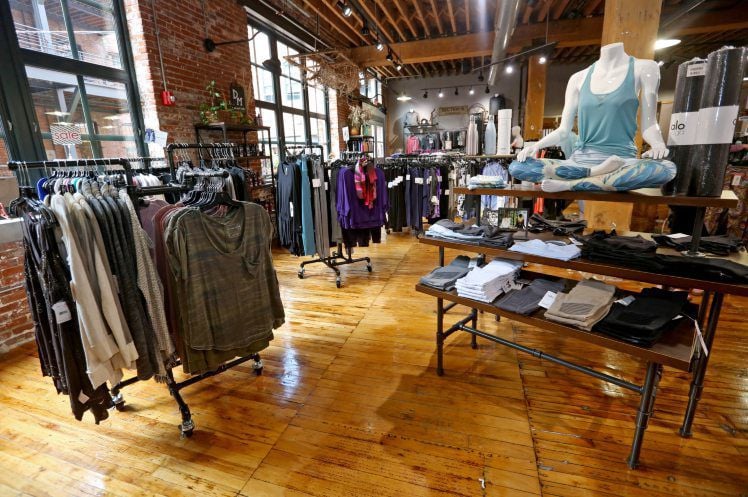Sara Steuer knew at age 15 that she did not want to give birth to or raise children.
Steuer found meaning in the arts, sketching for herself a future working in a big city. She would live in a loft, make lots of unique friends and perhaps meet a partner. Steuer would travel abroad.
That vision of life, with its freedoms and novelty, was not conducive for raising children, she said.
“I don’t think I possess that motherly component that people seem to,” Steuer said. “It never felt like a natural thing to do.”
Now in her late 30s, she is a freelance writer living in Dubuque.
Steuer keeps her home tidy and minimalist. The costs and accoutrements of children would add to her anxiety. Kids would complicate decisions as small as grabbing a coffee to moving across the country for a momentous career change.
“I wouldn’t want to be the person who doesn’t think about what I want, goes and has a child, realizes I don’t want it and then neglects that person in some way emotionally,” Steuer said. “I don’t want there to be human beings in this world that feel unwanted because I think there are so many who already do.”
State and national data indicate that fewer Americans are having children and those who do delay their choice until later in life, giving rise to smaller families.
Some adults, however, remain childfree. They also are referred to as “childless by choice” or “voluntarily childless.”
Of American women of reproductive age — ages 15 through 49 — more than 58% have given birth to one or more children. The data, collected by National Center for Health Statistics, also indicates that 31% of women have not had children but expect to do so in the future, while 3.3% are involuntarily childless.
The remaining 7.6% are childless by choice.
The lives that childfree adults have constructed are a testament to the notion that fulfillment does not have to come from a bassinet.
But a segment of the population believes that parenthood is necessary for happiness, according to a U.S. Centers for Disease Control and Prevention report. The national survey found that about 6.5% of women and 9.5% of men agreed with the statement, “People can’t be really happy unless they have children.”
The lives of the child-free have become entangled in a national conversation about the country’s future.
Baby bust
Discussing voluntary childlessness often highlights the numerous aspects of society affected by the country’s birth rate.
Generally, fertility decreases as a nation’s standard of living improves.
In part, a better health care system increases women’s access to contraception, which reduces unintended pregnancies. Their educational and career opportunities also improve.
“Women are in the labor force … creating their own careers before they decide to get married and have children,” said Jennifer Smith, associate professor of economics at Loras College.
Yet, job and income insecurity also prompt a delay in childrearing. After the onset of the Great Recession in 2007, fertility in the U.S. fell.
A similar trend occurred following the stock market crash of 1929, which precipitated the Great Depression. Unlike the earlier period, however, birth rates did not recover after the Great Recession even as the economy improved.
The sustained decline has some demographers and economists concerned.
“That trend has been decades in the making,” said Amy Pechacek, secretary of Wisconsin Department of Workforce Development. “We do know, though, that the (COVID-19) pandemic has exacerbated that.”
According to NCHS, the general fertility rate in 2020 decreased 4%, reaching an all-time low of 55.8 births per 1,000 women ages 15 to 44.
The Guttmacher Institute, a reproductive health research group, surveyed U.S. women and found that about one in three reported wanting to get pregnant later or wanting fewer children because of the pandemic.
From 2007 to 2020, annual births in Iowa dropped from 40,835 to 36,088. Over the same period, Illinois births declined from 180,530 to 133,348.
Births in Wisconsin likewise fell, from 72,757 to 60,521 — a decline so drastic that 2,183 more Wisconsin residents died in 2020 than were born, a trend partially attributed to excess deaths caused by COVID-19.
Based on current childbearing rates, women nationally are projected to give birth to 1.6 children over their lifetimes, which is less than the replacement level in developed countries of 2.1 children.
If the low rate holds steady across decades, the current generation would create a smaller generation.
Broad impact
In the absence of interventions to offset the decrease in childrearing, policymakers predict the long-term impacts would be profound, affecting educational institutions, elder care, the social safety net and the labor force.
Schools and colleges in rural swaths of the Midwest already are experiencing declining enrollments, which reduces the government funding they receive. The door opens to staff reductions, program cuts and even closures.
“We’ve had many school closings,” said Kim Kaukl, executive director of Wisconsin Rural Schools Alliance. “As the enrollments continue to decline, you may see more consolidation.”
Institutions of higher education already are competing for an ever-dwindling population of collegebound students. The trend is expected to intensify in 2026, when children born in 2008 will be of college age.
“There is a not a lot we can do with the birthrate, but we can (change) things like economic development and affordable housing,” Kaukl said.
The U.S. population also is graying, attributed to increased life expectancy and the aging baby boom generation, now numbering 73 million. All members of that cohort are projected to be at least 65 by the end of the decade, and their need for health care services is increasing.
The U.S. Census Bureau projects that by 2034, older adults will outnumber children younger than 18 for the first time in U.S. history.
“The mismatch between old and young will have implications across the coming years,” said Grace Whiting, president and CEO of National Alliance of Caregivers, in a press release. “We aren’t having enough children to take care of us in our old age.”
The solvency of Social Security also is at risk as boomers continue retiring. The program, which provided benefits to more than 69 million retirees in 2019, is financed by workers.
The Social Security Administration projects that the 2.8 workers paying Social Security taxes for each retiree will decrease to 2.2 by 2037. The program now is disbursing more in benefits than it collects in taxes, and without adjustment, payments only can be sustained until about 2035.
With retirement also comes a loss of institutional knowledge and personnel available to train a new cohort of professionals, Smith said.
“We can absolutely mitigate this to an extent through immigration policy,” she said. “It has to be targeted to the careers we need.”
Why not?
Childless adults identify equally reasons why refraining from childrearing is in society’s best interest — the increasing scarcity of natural resources, global warming, school violence.
But often, their reasons are deeply personal.
Parenthood did not suit Kathy Hottenstein, 61, because she already had a hefty portion as a child.
The rural Lancaster, Wis., resident came from a large Catholic family. As the second eldest of seven siblings, she “helped with all the care, the diapering, the illness.”
“I can remember standing on a stool to warm up a bottle on a pan to help feed the younger children,” Hottenstein said. “I think that helped form my opinion that kids are a lot of work.”
She is a retired officer from the Platteville (Wis.) Police Department and since has taken up a second career as a school bus driver and private investigator. Hottenstein and her husband also graze Murray gray cattle in verdant pastures on a 150-acre hobby farm. She peppers her 31 cattle with treats.
Hottenstein’s career in law enforcement began in 1982 when, she said, small departments “didn’t know what to do with pregnant women.” She feared she would lose her job if she had children.
“My job was No. 1 to me,” Hottenstein said. “I was definitely married to my career.”
Social scientists who study childlessness attribute childrearing preferences to personality differences. Multiple studies indicate that childfree adults tend to be politically liberal and value independence. They prefer self-determined contact with others.
Voluntary childlessness also is associated with higher levels of education, work experience and income.
Regardless of the reasons, the childless encounter pushback.
A critical eye
Americans tend to cast an unforgiving spotlight on parents and nonparents alike.
To bring too many children into the world can be viewed as selfish, especially if a family appears to rely on public resources. So, too, is the decision to have none.
Research indicates that those who encounter stigma report being the recipient of pity or criticism for being too involved with work. They also describe being perceived as cold, materialistic or selfish.
Scientists writing in the “Journal of Family Issues” showed that people regard parents as warmer than nonparents. Additionally, people perceive couples who are unlikely to have children more negatively than those they consider likely to become parents.
And the decisions of the childfree are questioned. For Steuer, it often occurred during yoga class.
“You would meet someone new, especially women in their 40s, 50s and 60s, and they would be like, ‘Oh are you married? When are you going to have kids?’” Steuer said.
Never.
“They’ll be like, ‘Oh, you’ll change your mind,’” Steuer said.
She does not know of formerly or currently childless male friends who were told they will never find a mate or eventually will have a change of heart — a double standard based on gender.
In fact, women’s fertility has long been an object of scrutiny.
Duties and obligations
The childfree confront longstanding theology that has sculpted current attitudes toward childrearing.
Within Abrahamic religions, it is easy to point to Genesis and its directive, “Be fruitful and multiply.” Numerous “barren women” appear in Scripture, whose condition was viewed as a curse.
In the New Testament, the centrality of childbirth is manifest in the nativity of Jesus — a cause for celebration that God had come to dwell among people.
“We are supposed to consider children a blessing from God,” said the Rev. Phil Gibbs, pastor at Church of the Resurrection in Dubuque.
Church doctrine holds that the marital sacrament involves giving of oneself totally, but a person cannot do so while withholding fertility.
“I really encourage young couples to consider themselves as co-creators with God through the act of procreation,” Gibbs said.
Looking to modern history, the doctrine of “separate spheres” emerged in the U.S. during the industrial revolution.
America was transitioning from an agrarian society, and families were no longer self-sustaining units. Men became wage earners who financed their needs, said Kristin Anderson-Bricker, a history professor at Loras College.
“There are parallel existential crisis of masculinity and femininity linked to the transition from household production to capitalism,” she said. “So, the community has to figure out what men’s and women’s purposes are in life.”
In several decades, men came to occupy the public sphere — paid work, law and politics — while women’s domain became the home. Mothering and maintaining the domestic space became their full-time vocation.
Women also were cast as the keepers of morality whose duty was to impart virtue to their children.
The ideology of separate spheres was entrenched by the 1850s, but pushback grew in the late 20th century.
The second-wave feminist movement of the 1960s and 1970s introduced the idea that “women could do it all” by entering the workforce, Anderson-Bricker said. Yet, they continued to shoulder the responsibilities of wife and mother, introducing the concept of the “supermom.”
“Attitudes that you are selfish or you’re not responsible still persist within society because there is such an emphasis on the centrality of children to women’s identity,” she said.
Building a life together
The year he turned 30, Bruce Flesch purchased himself a birthday present: A vasectomy.
He had not been in a serious relationship and could not imagine himself capable of caring for a child, much less a pet.
Flesch, who grew up in Platteville, was a partial owner of a small dairy farm where he and a group of guys milked about a dozen Jerseys.
The neighbors called the men’s shared living quarters a “hippie house.” The dilapidated structure dated to 1880 and lacked running water. They used an outhouse. The property was overgrown with thistles, ragweed and burdock and littered with metal “junk” and salvageable materials the men intended to reuse. They rented it all for $40 per month.
Flesch met his future wife, Carla, a few years later in 1985 after she moved to town to teach at Platteville Middle School.
Bruce also drove school buses. One day, she sat in the front seat behind him during a field trip with her sixth-graders.
It was October. Carla bought Bruce lunch. He didn’t call for four months. They dated for 3½ years and married in 1988.
Carla understood Bruce’s feelings about childrearing.
She had thought about adopting a child in need, then considered that teaching other people’s kids would leave her with diminished energy at the end of long workdays to care for her own.
With Carla’s salary, Bruce could stop working and focus his attention to the ramshackle structure they would make their home.
“It was a calculated choice,” said Carla, now 64. “Teaching and loving Bruce were more important to me than having children.”
Most of their house’s interior is composed of recycled materials from other residences, businesses and schools. Bruce, 71, is just as much a part of it.
The living room floor was repurposed from a school gymnasium, and the ceiling is made of pressed tin from a 19th century Platteville store. The wainscoting was crafted from the bottom panels of wooden doors.
Bruce has lived in his domicile for nearly half a century and hopes to remain there until he dies.
Carla feared that as they age, they will lack for care without a child. Then, she sees her friends’ kids moving far away from their hometowns. There are no guarantees.
Bruce and Carla enjoyed taking their younger nieces and nephews on excursions — sometimes to a zoo, and other days, a museum.
“We’re not kid haters,” Bruce said. “We just like other people’s kids.”
The youths return home with their parents, and Bruce and Carla water the gardens or take a nap, enjoying their peace.
They have a pond, a creek and woods. All sorts of places for children to run and play.
“It would have been a great place to have kids,” Carla said, looking across her yard. “This property missed out on having children.”
She quickly clarified. It would have been a great place, “now.”
Bennet Goldstein formerly wrote for the Telegraph Herald.

